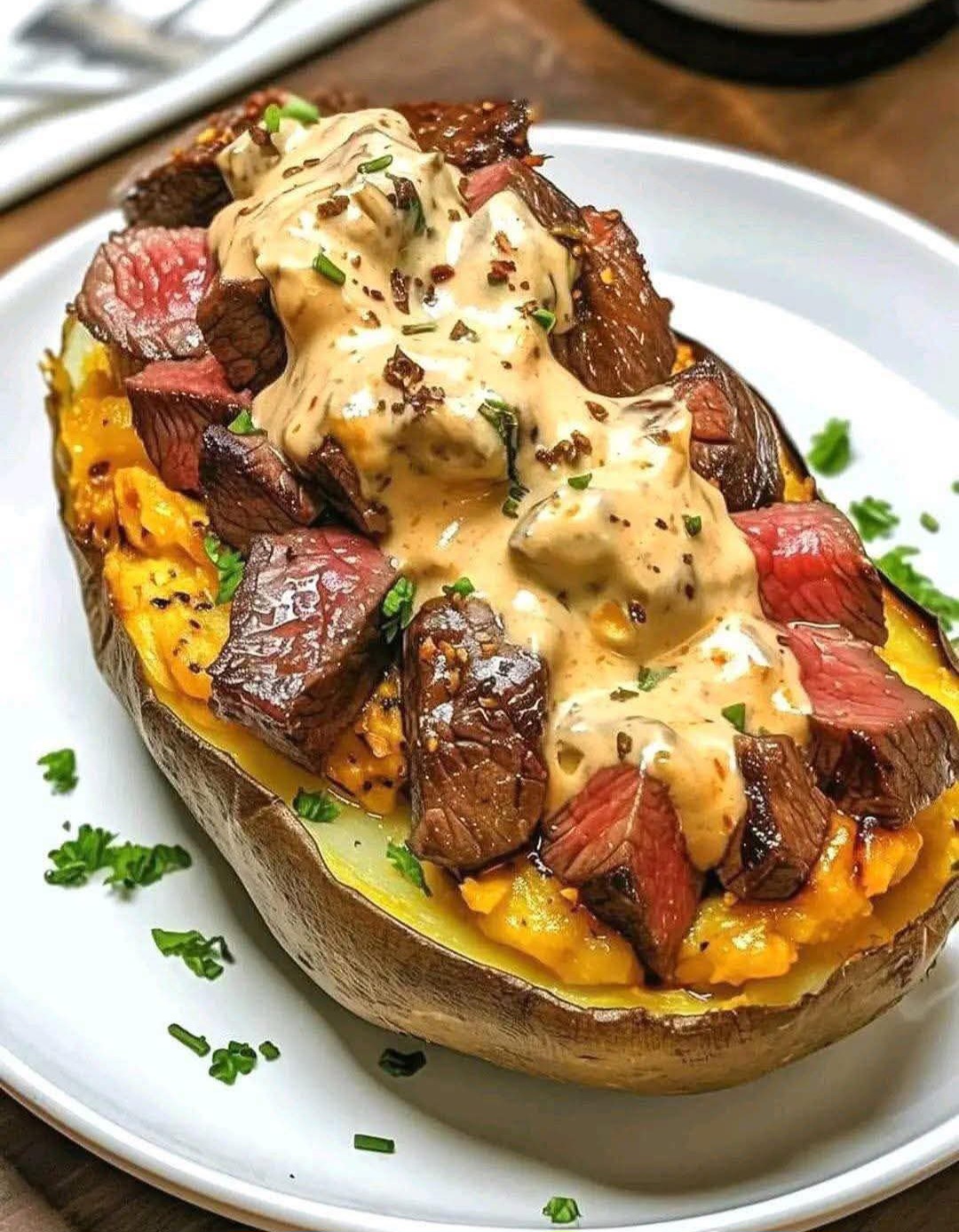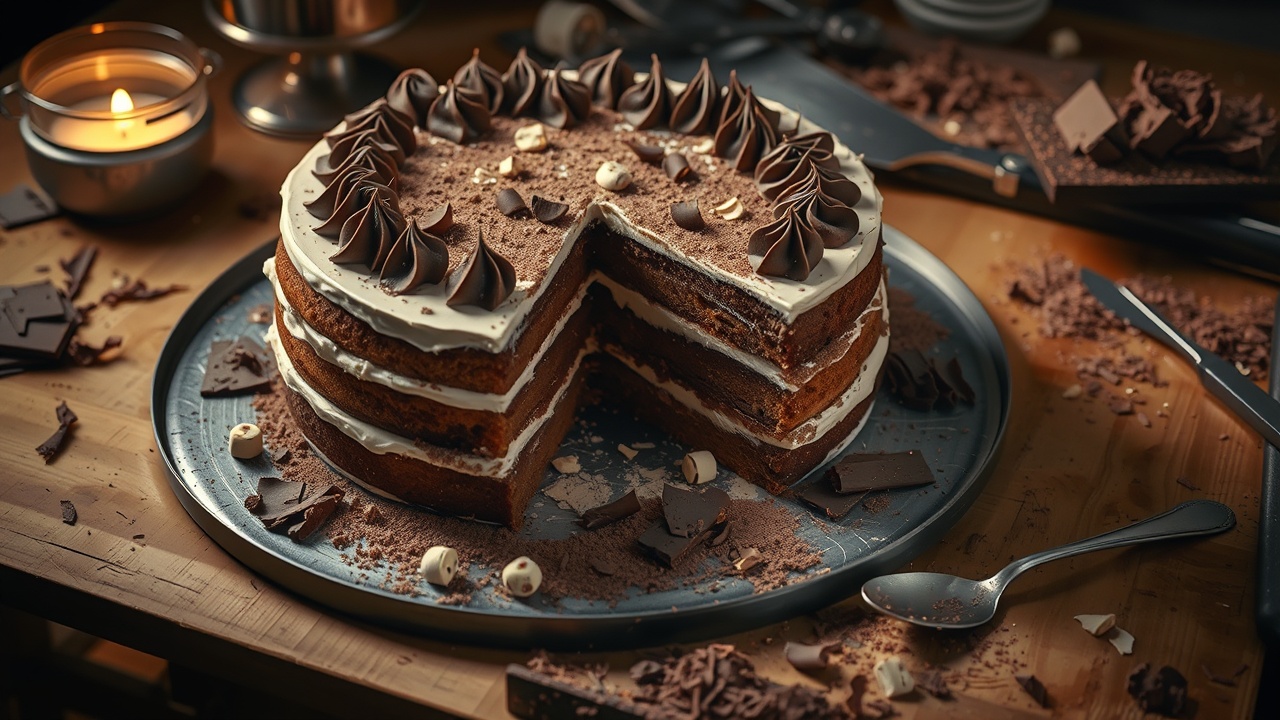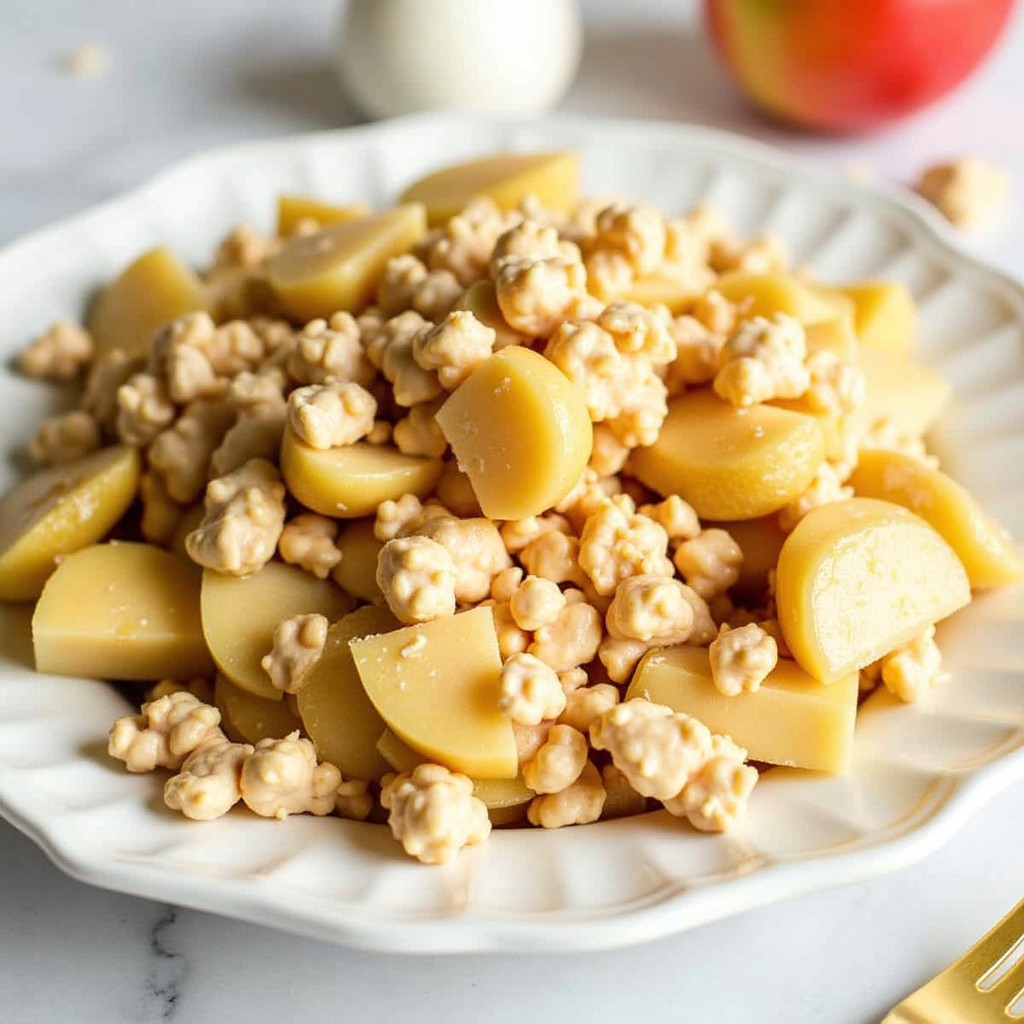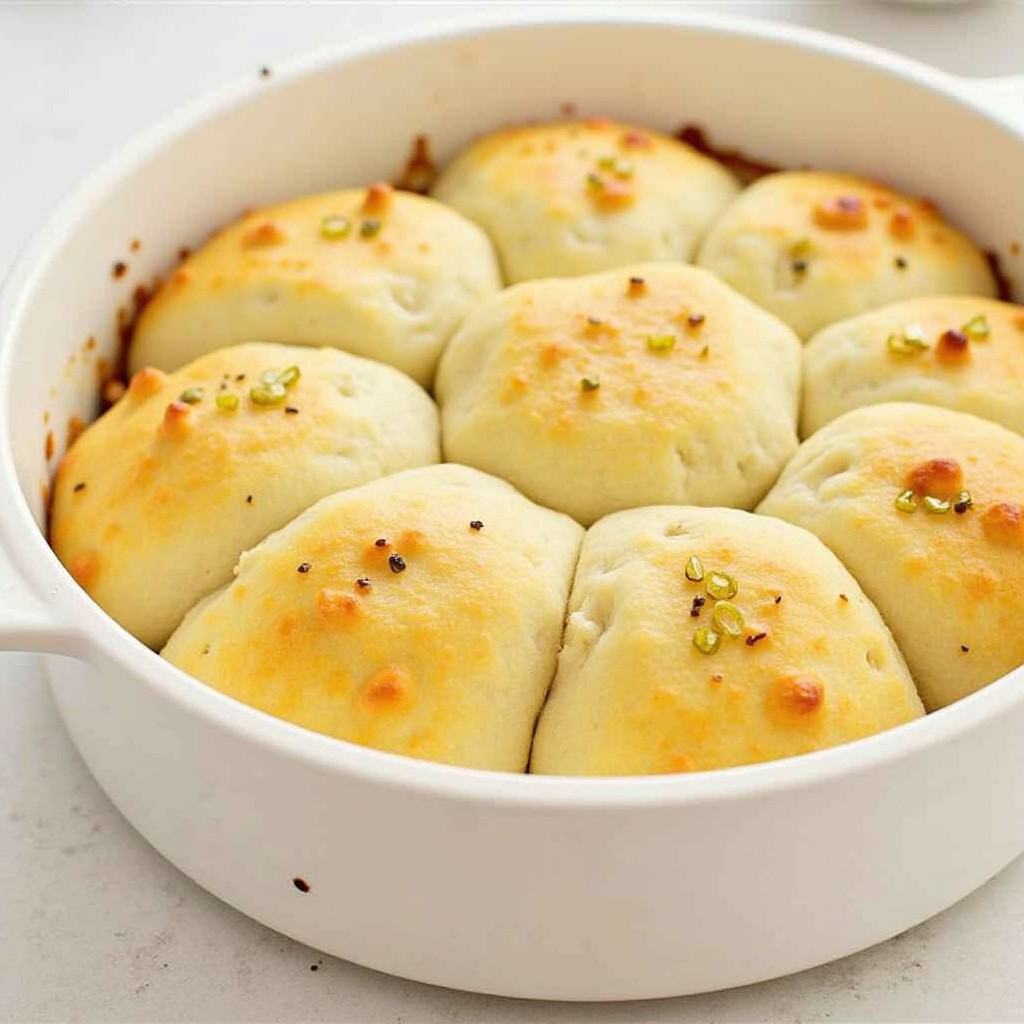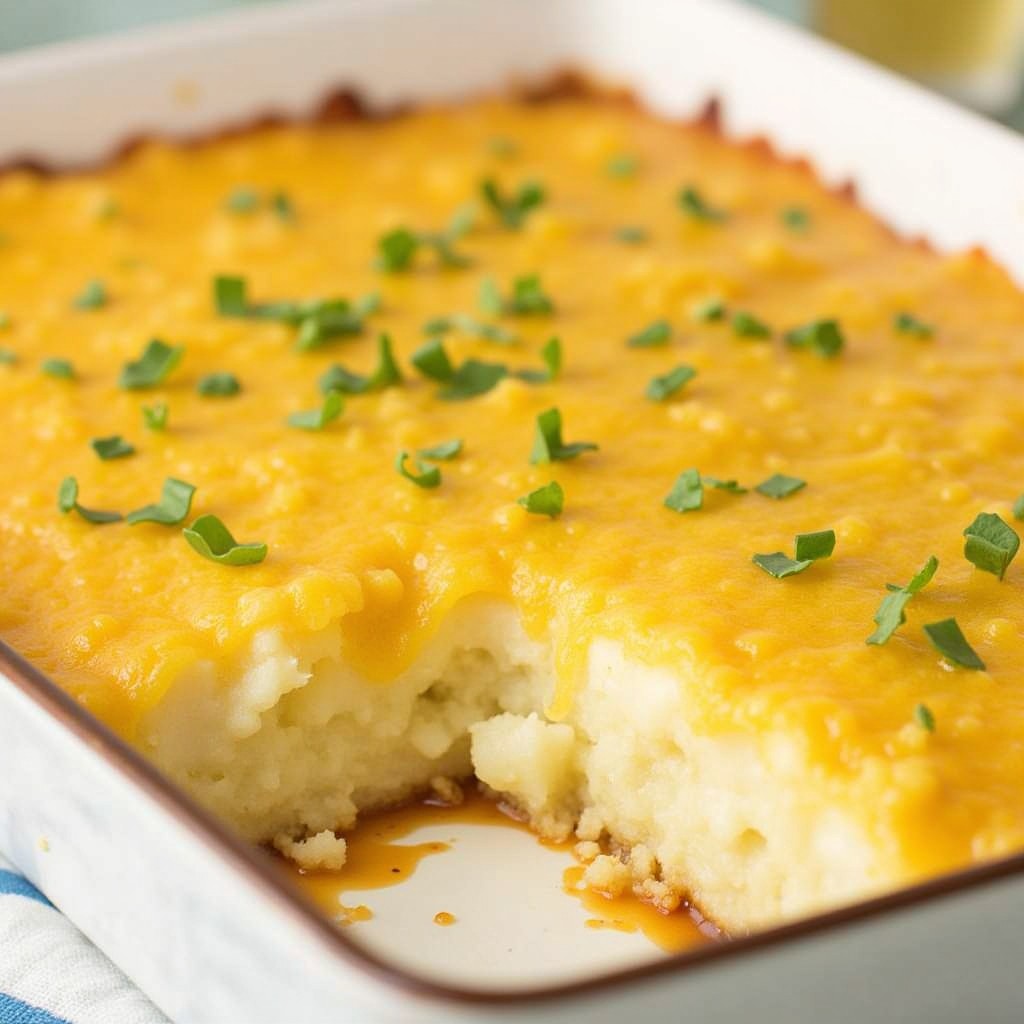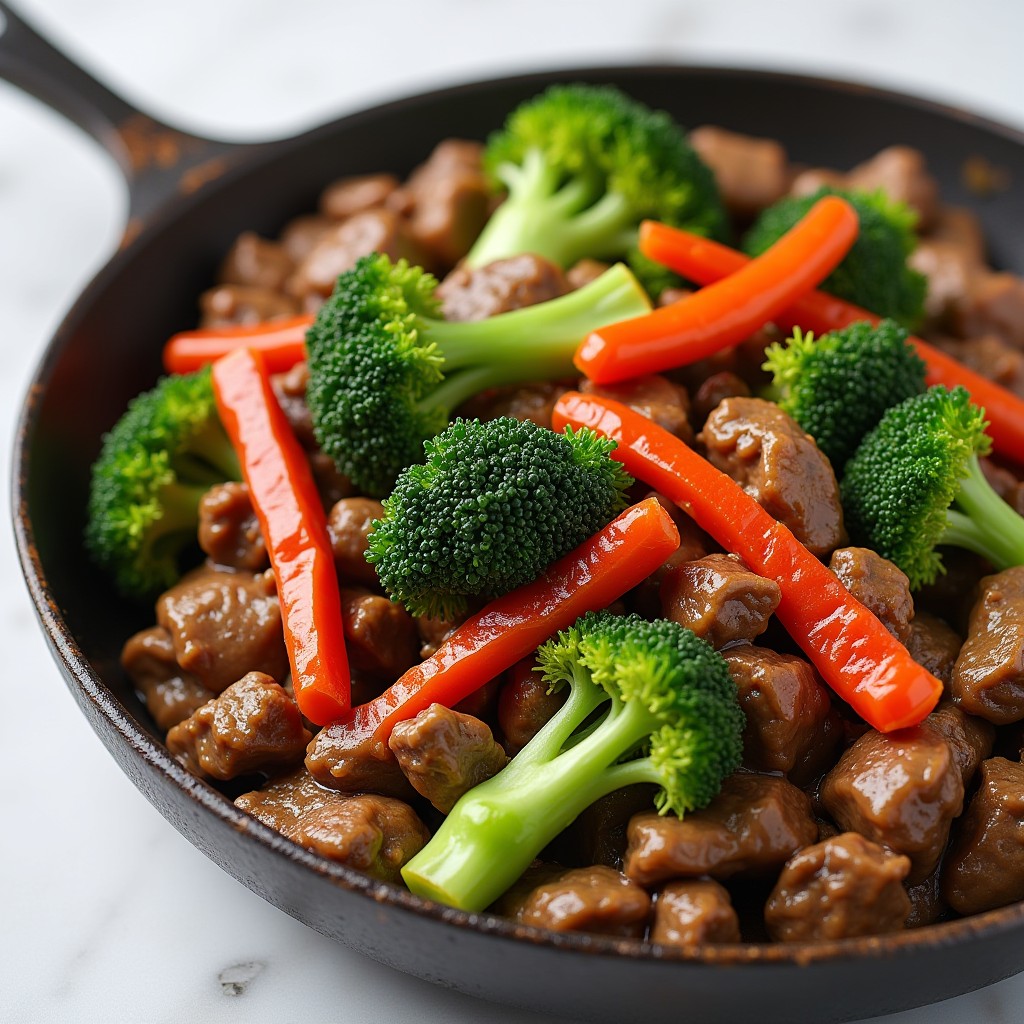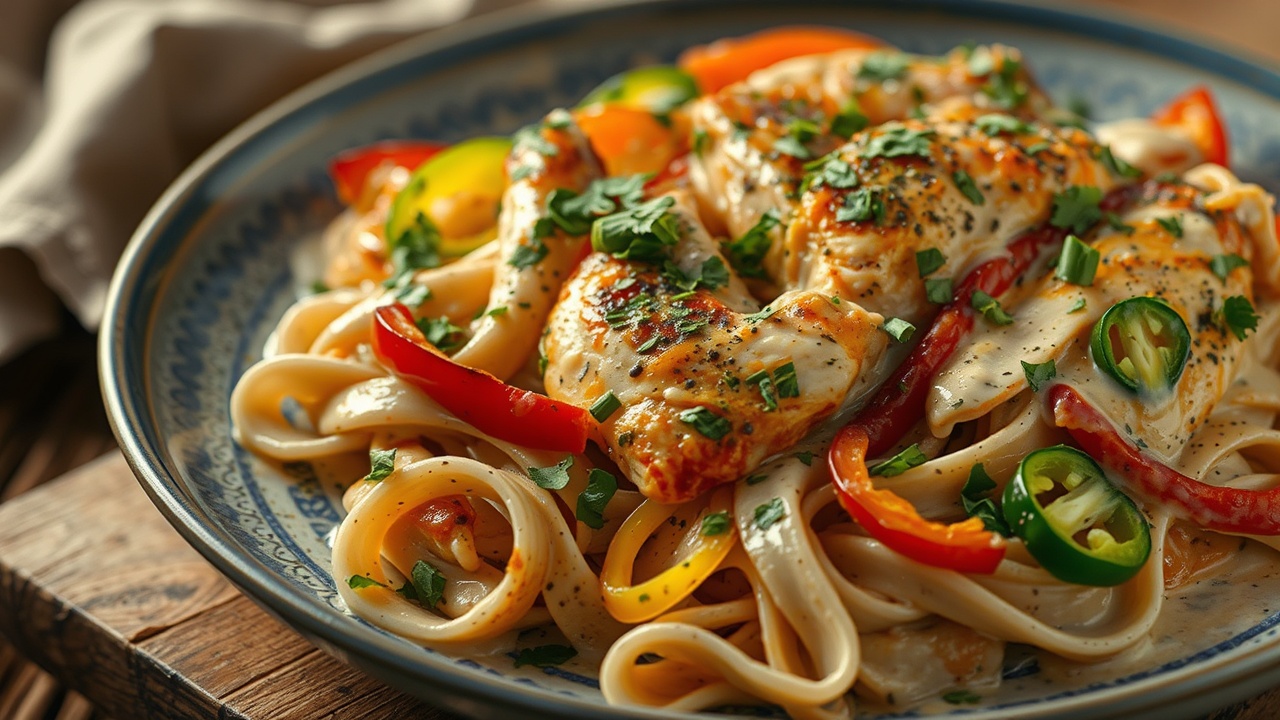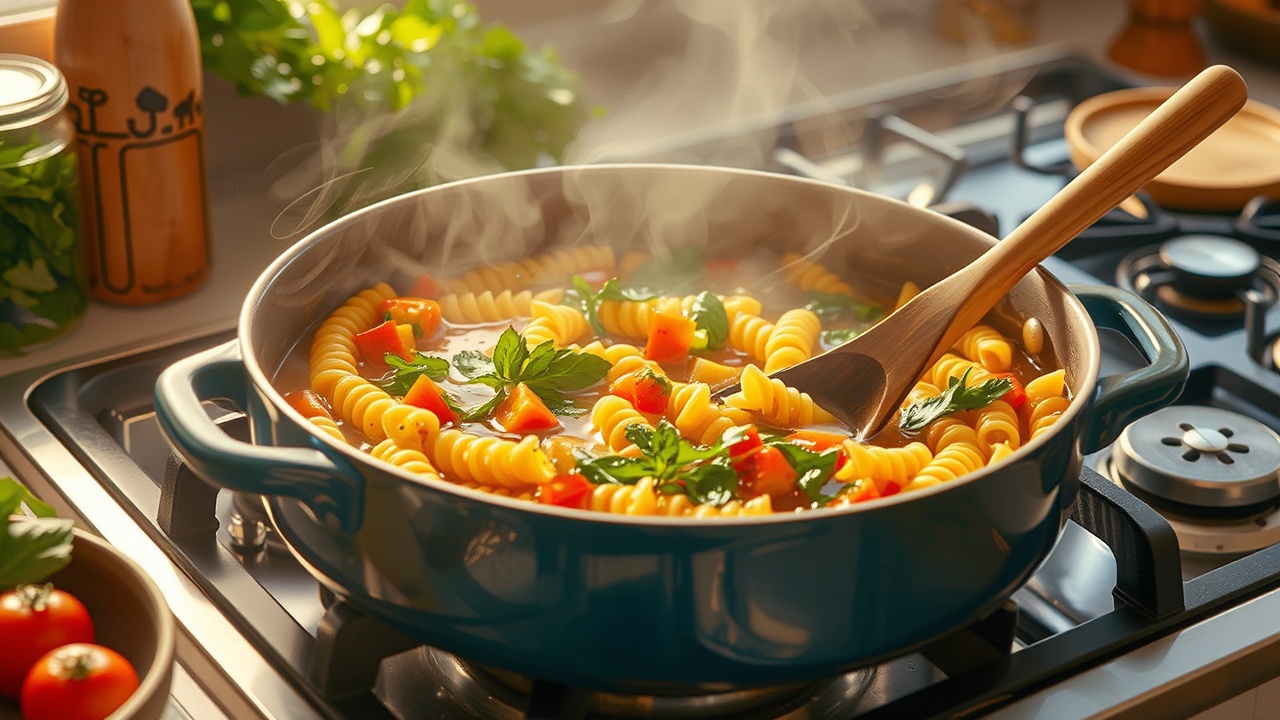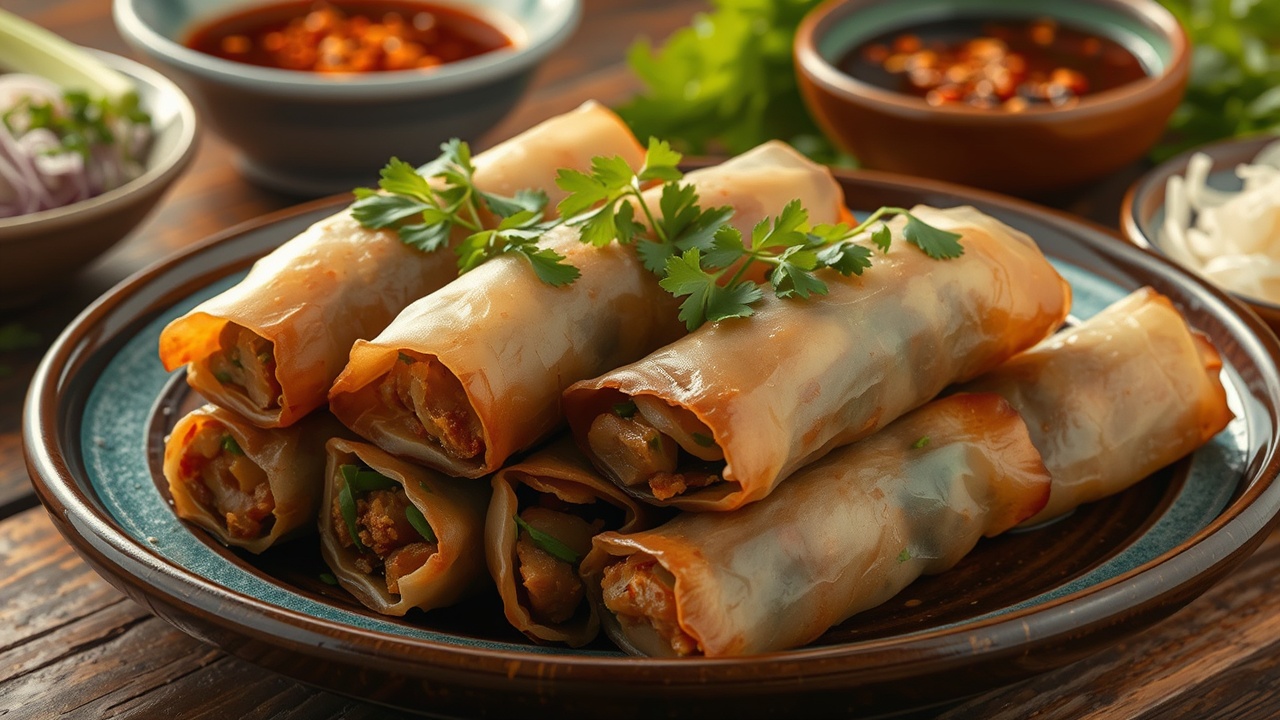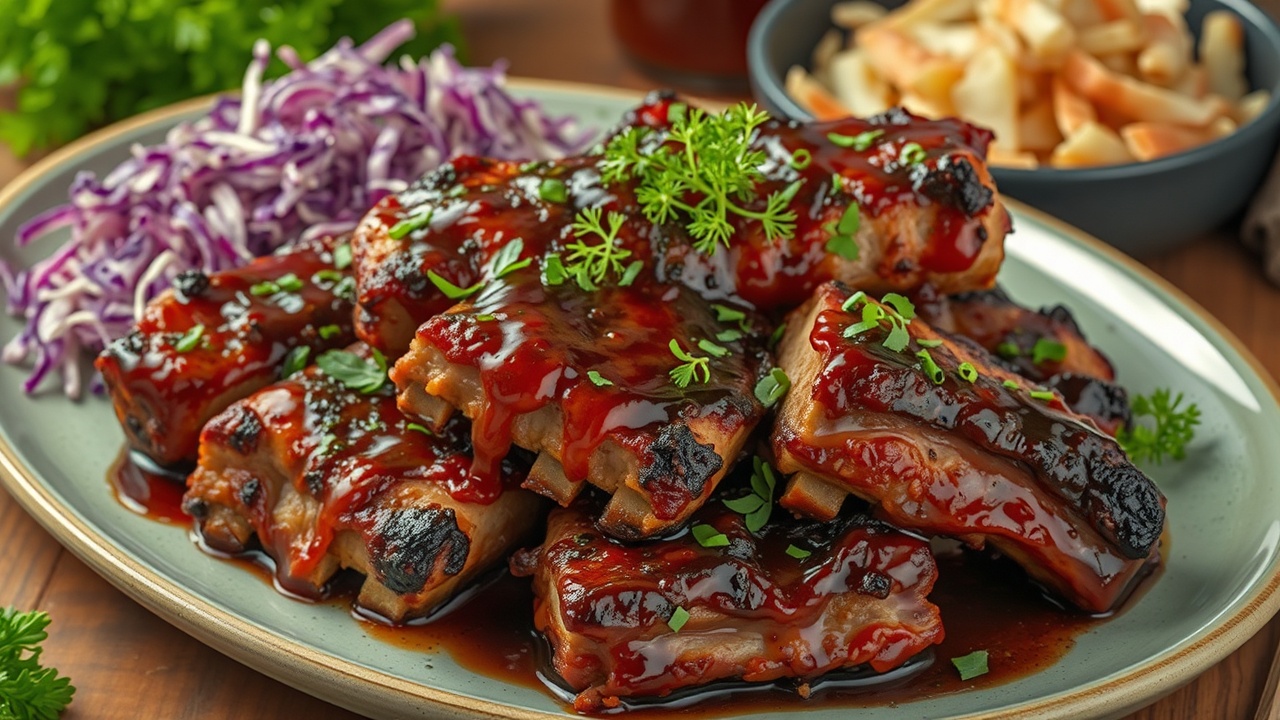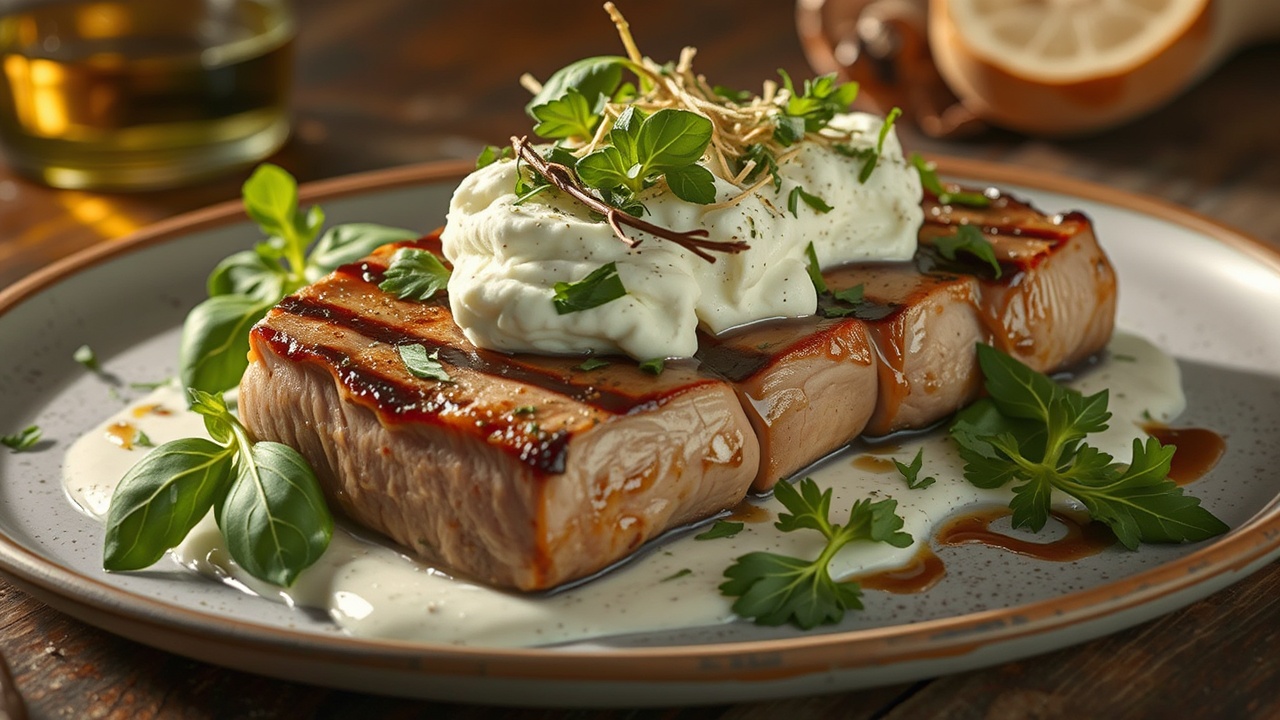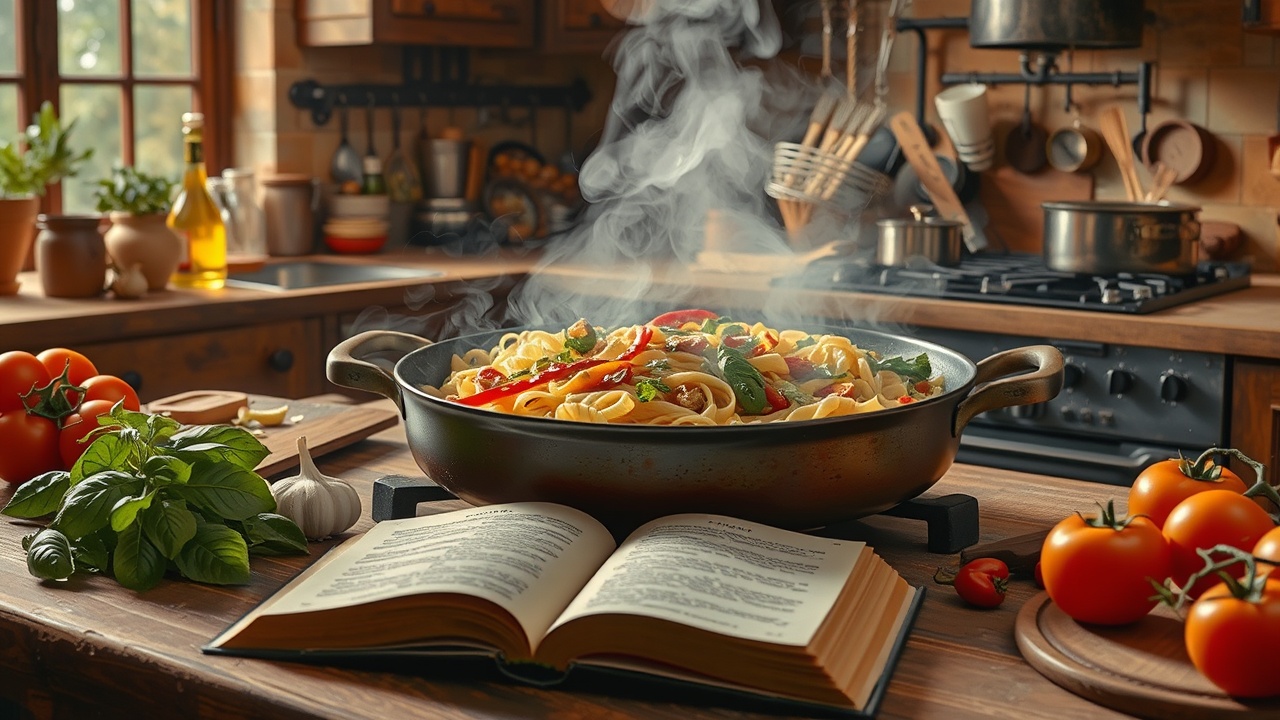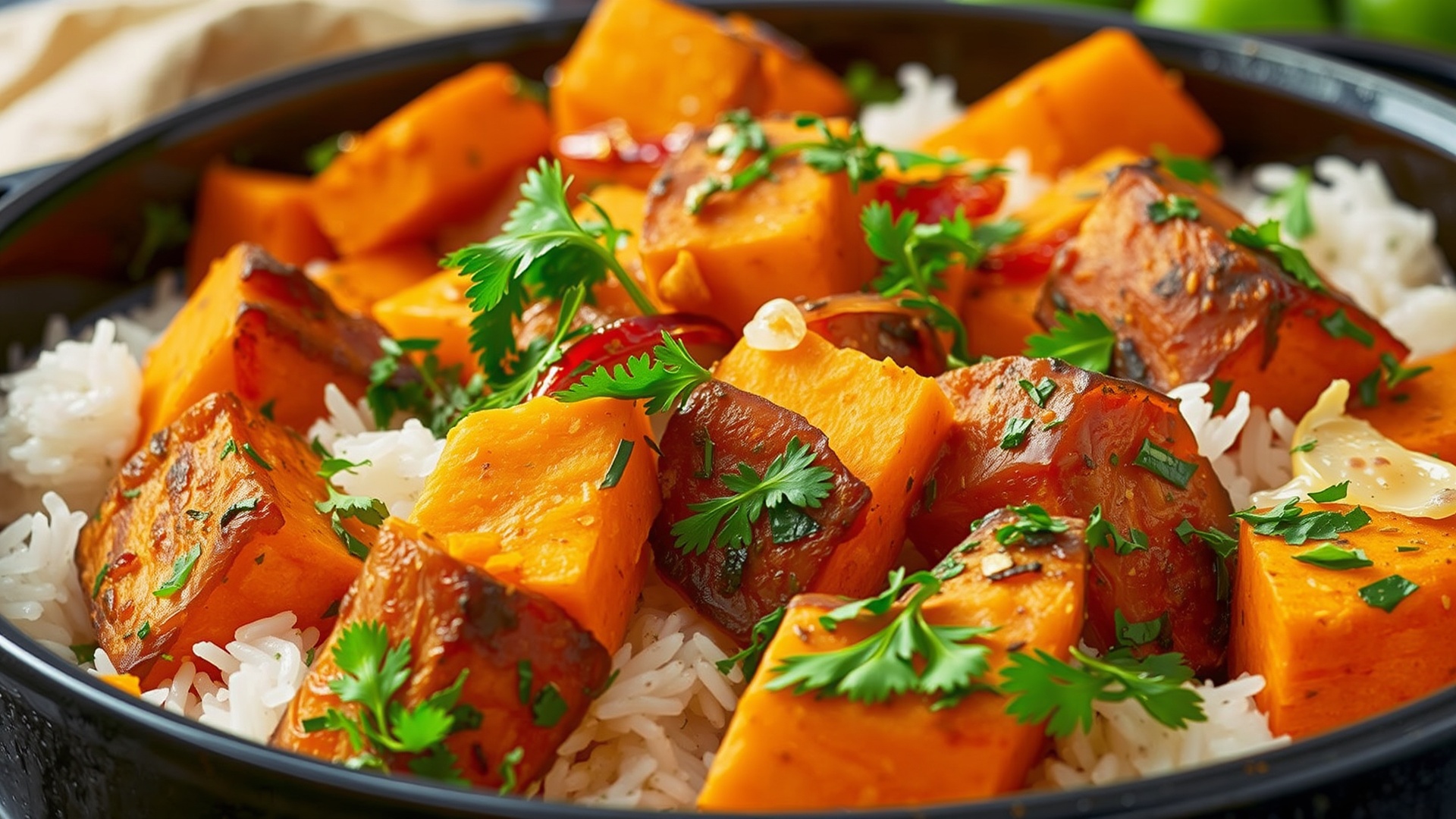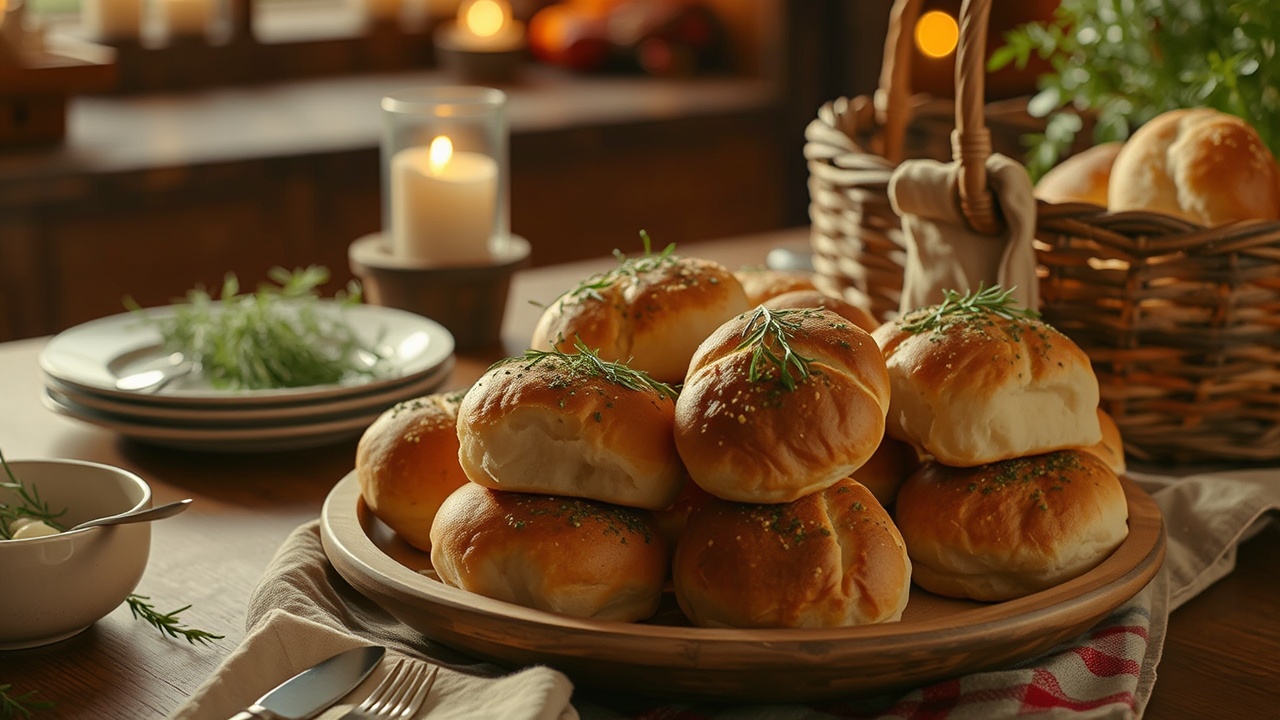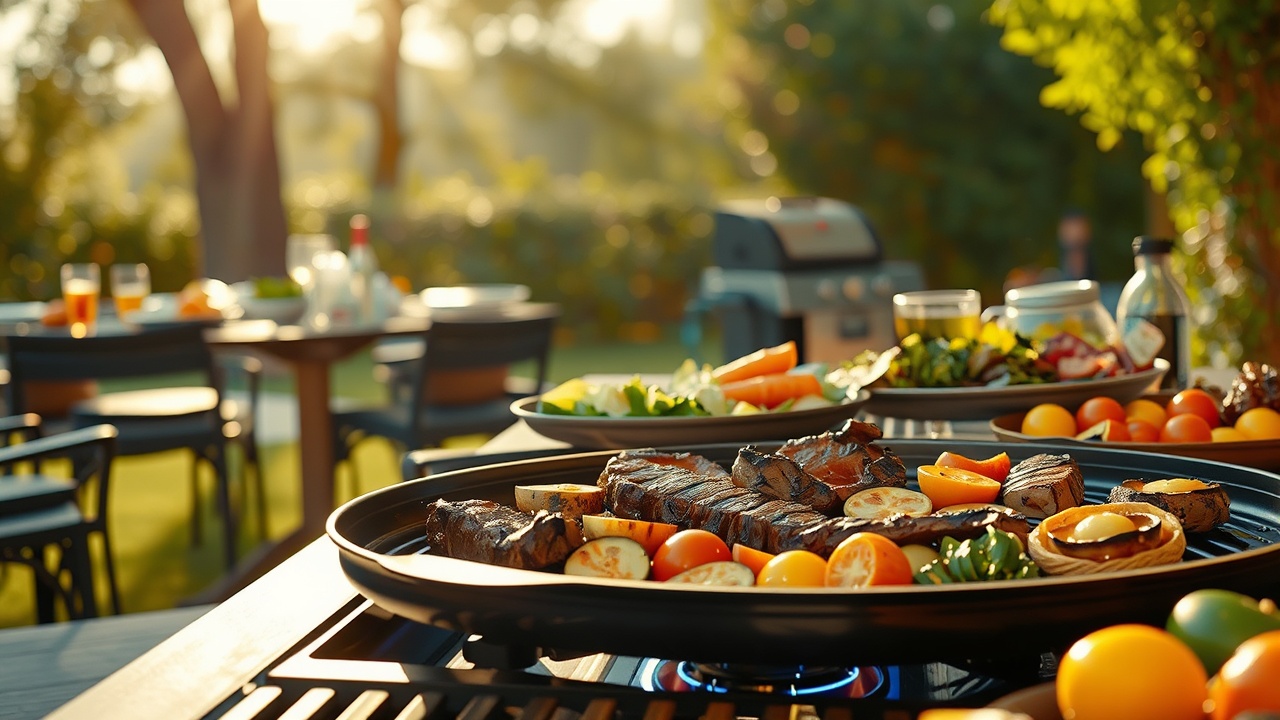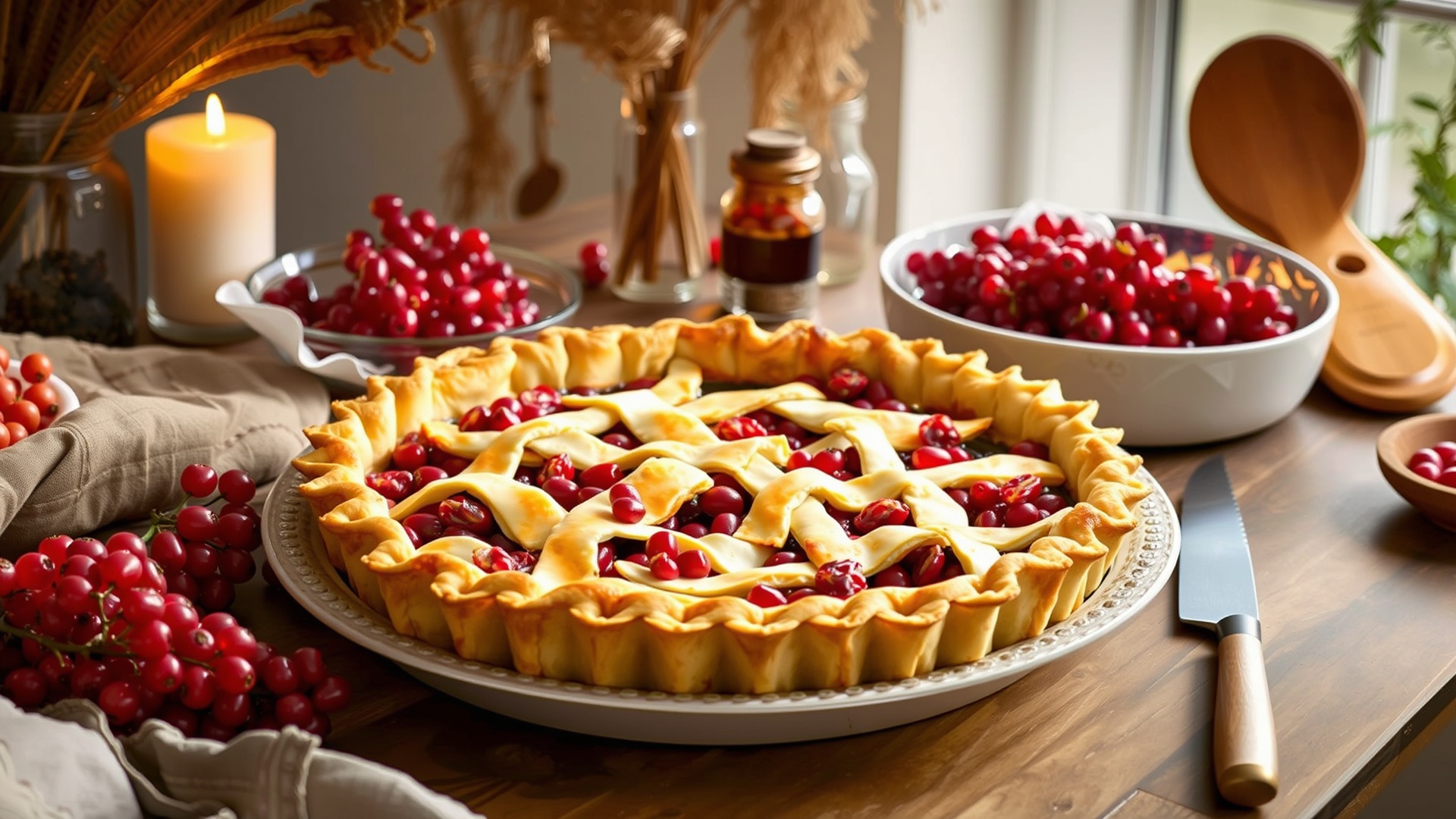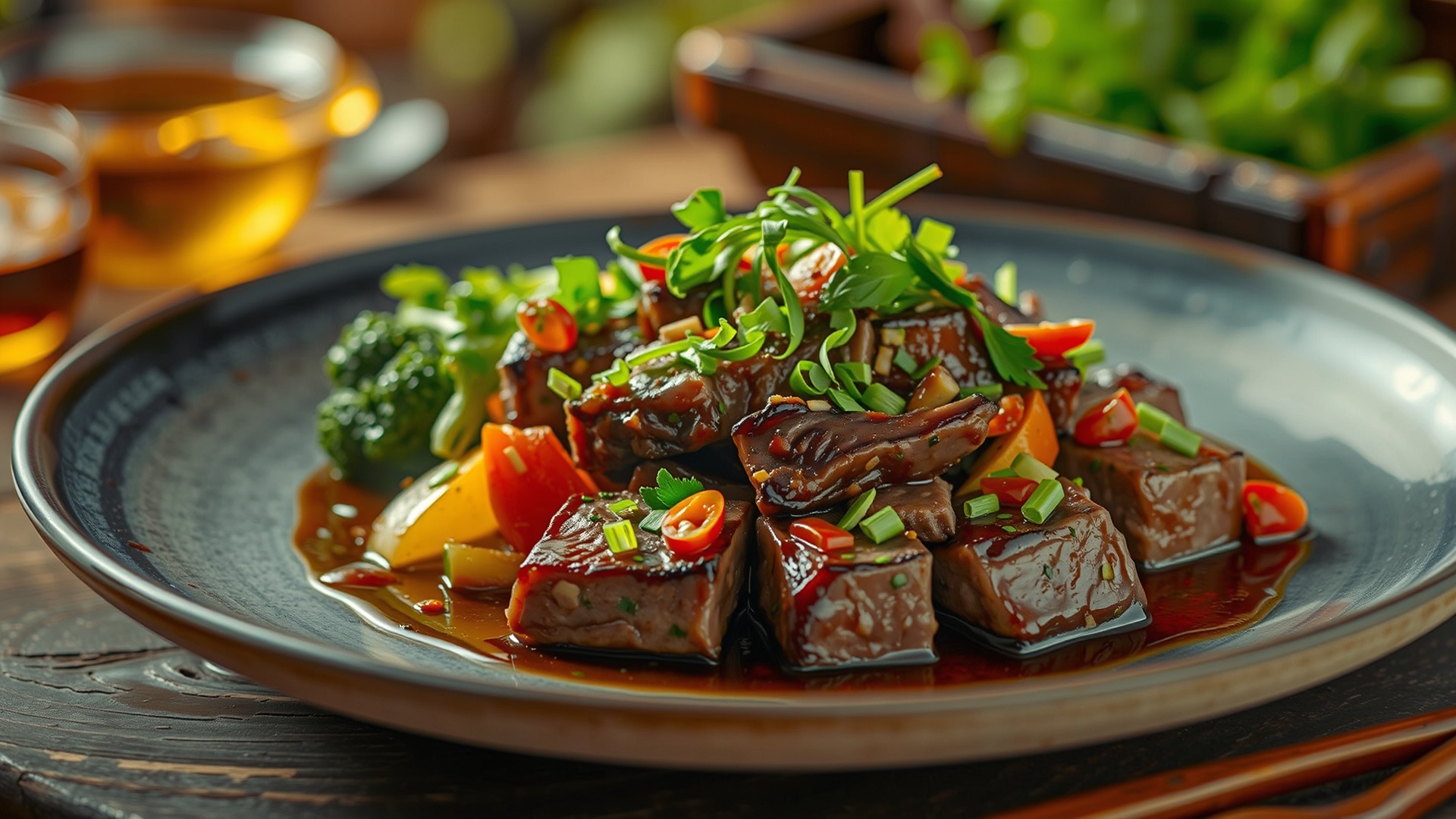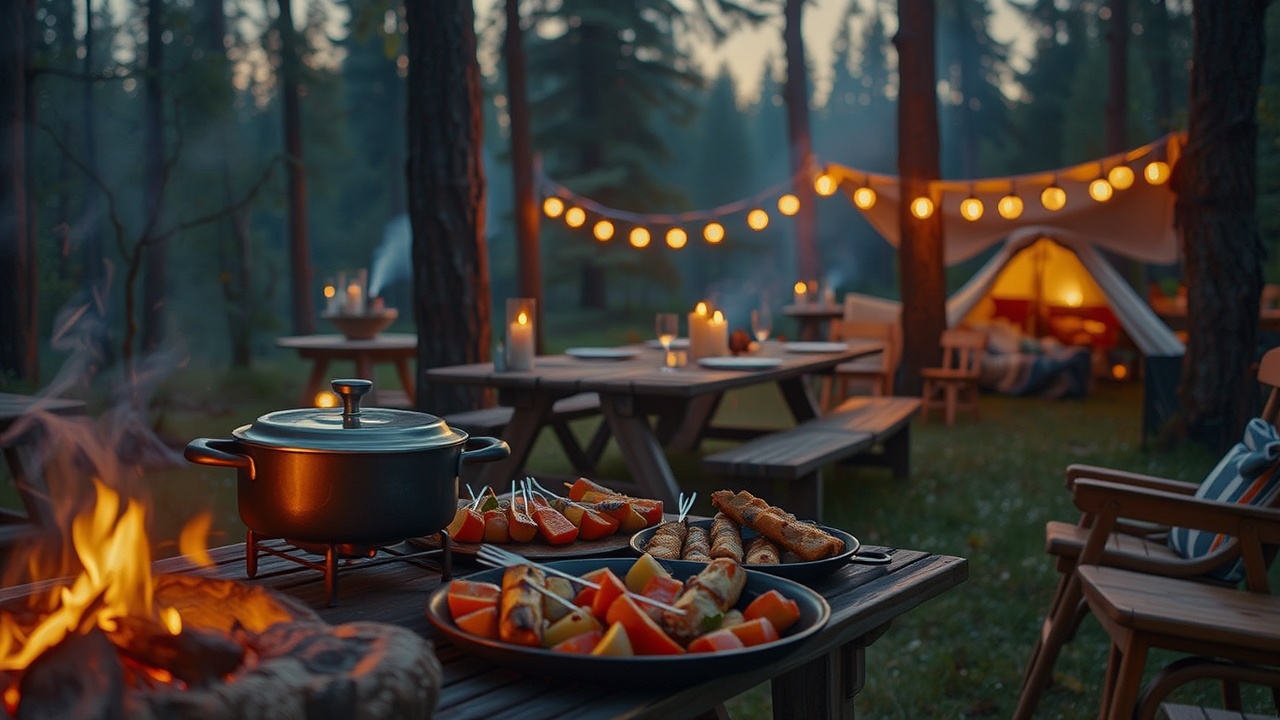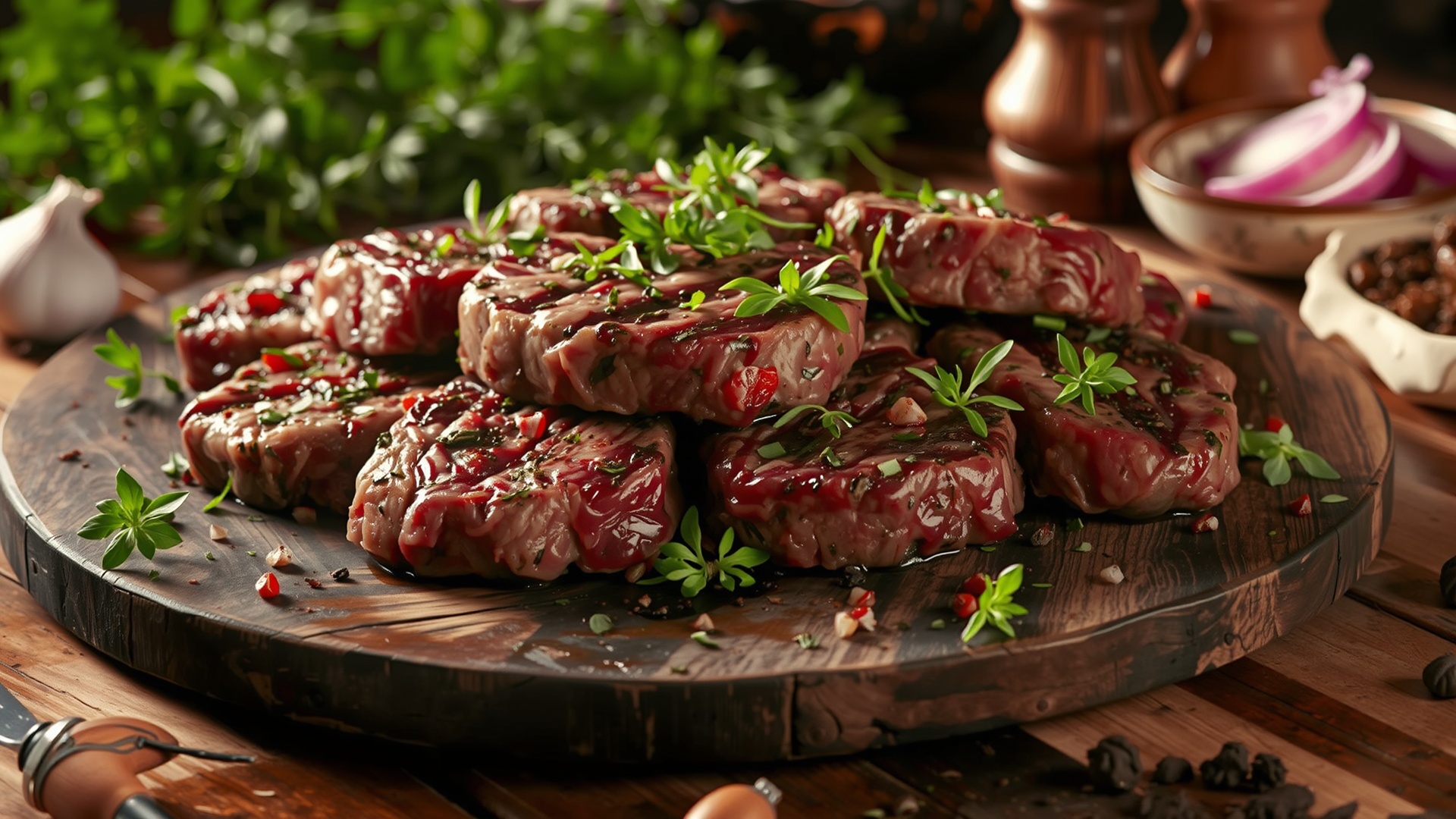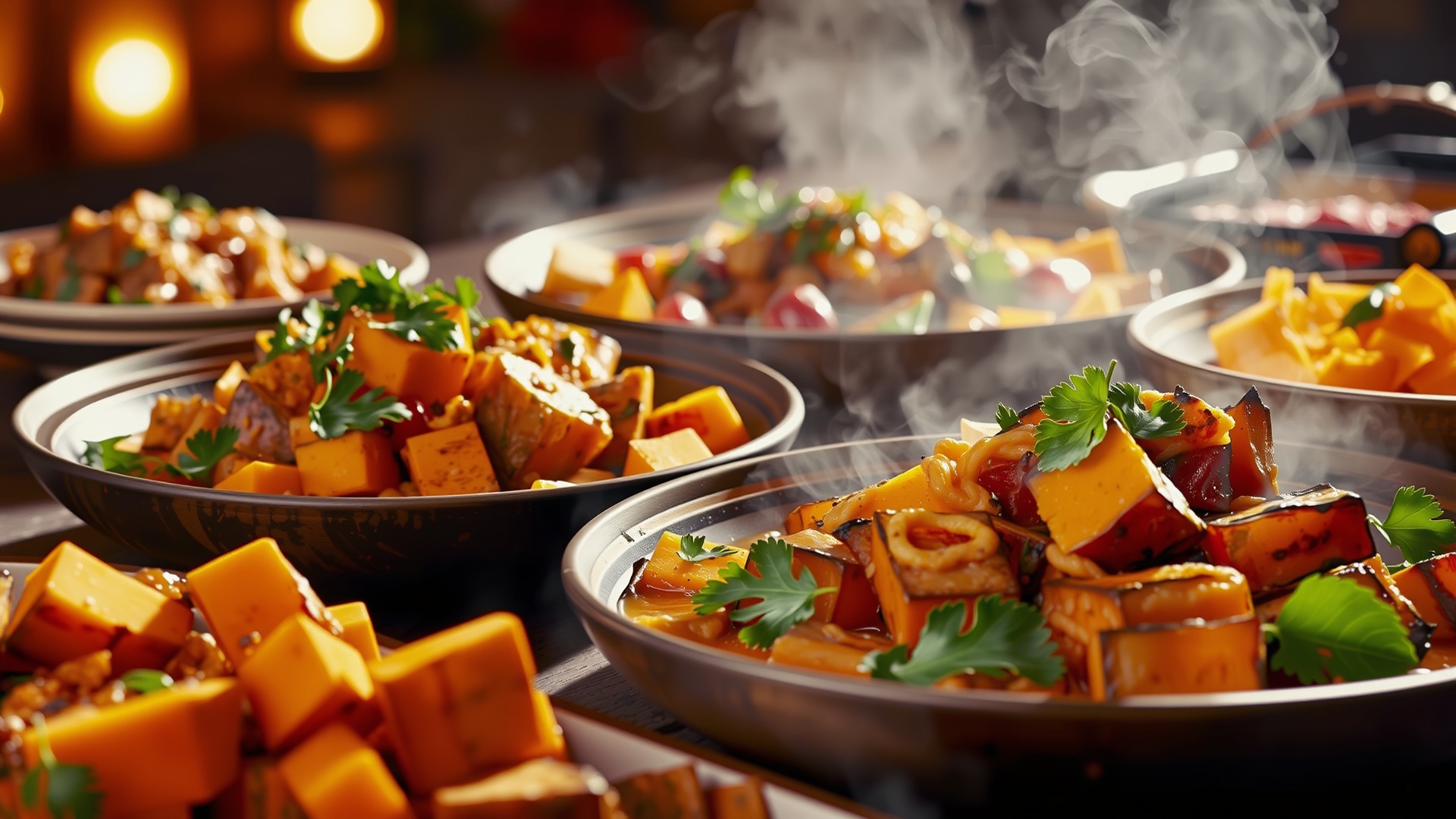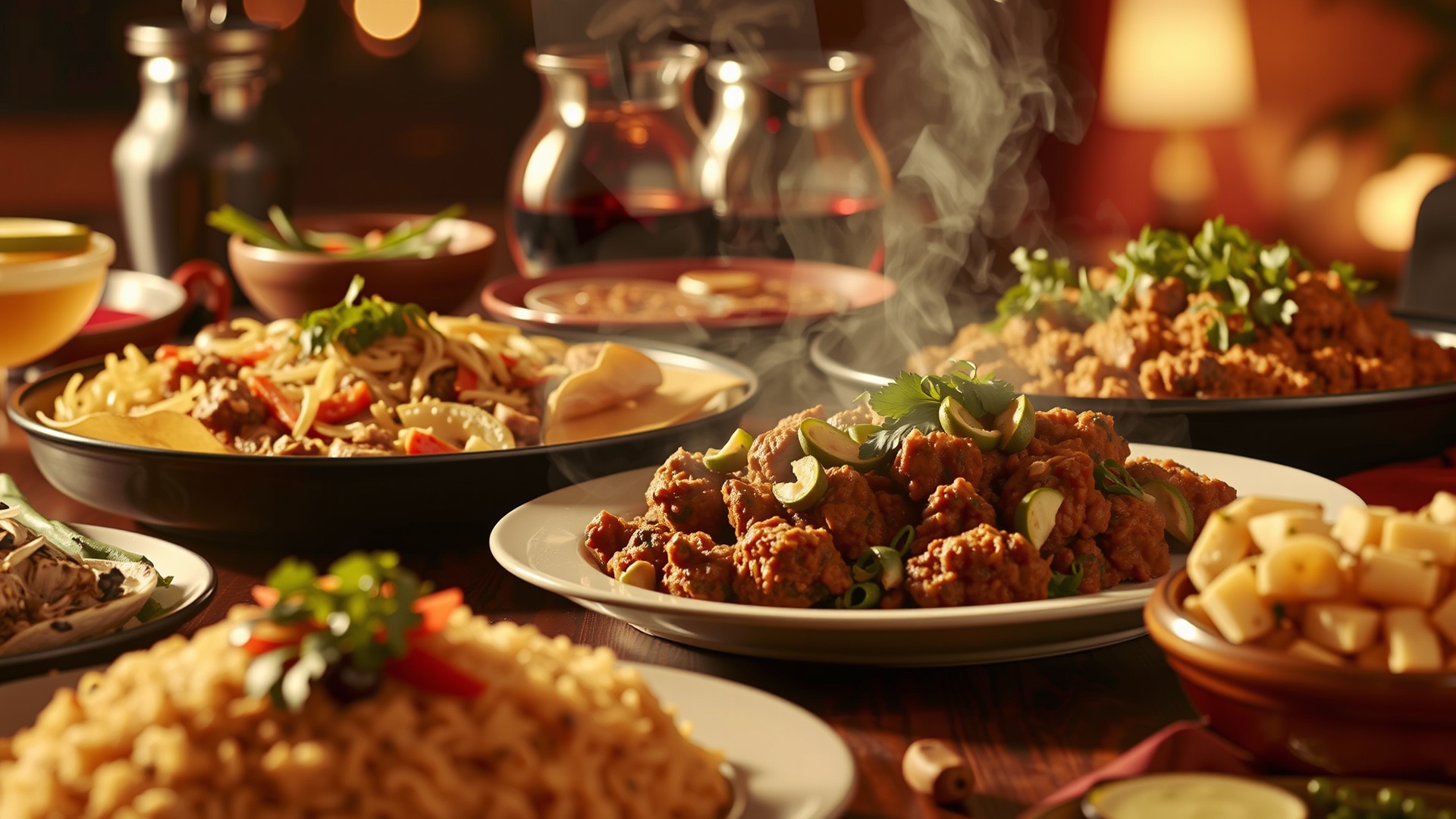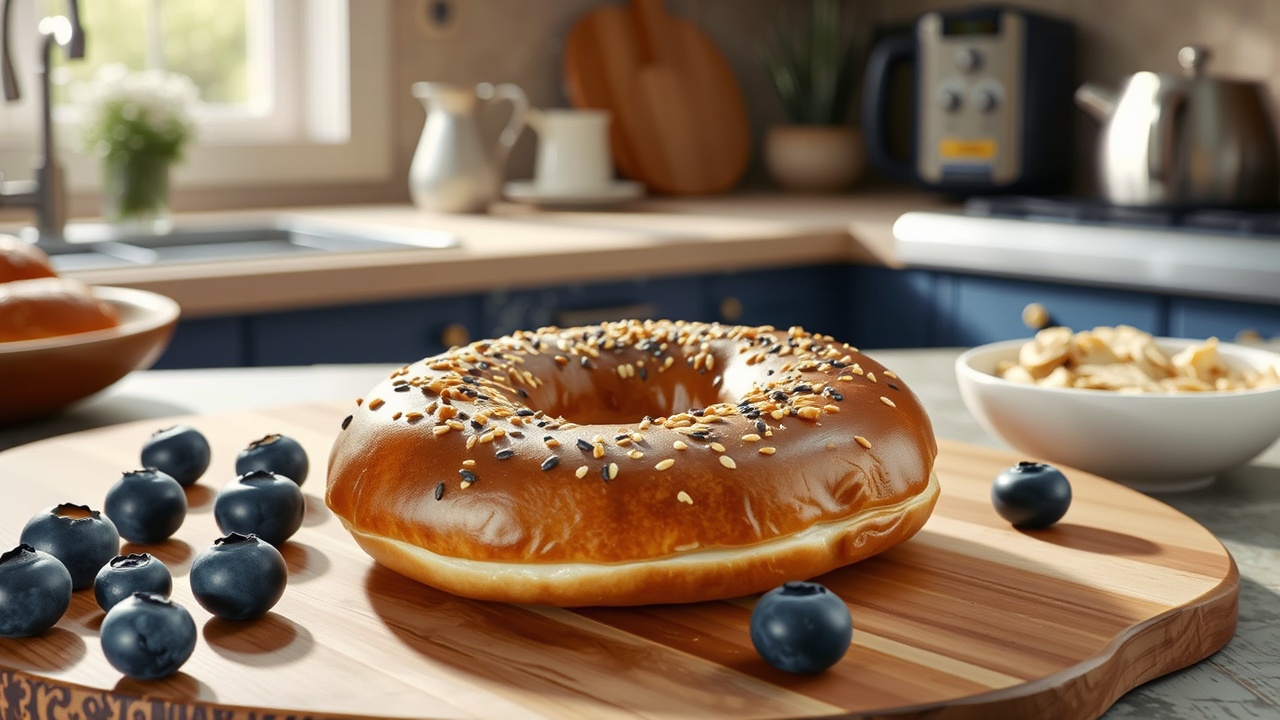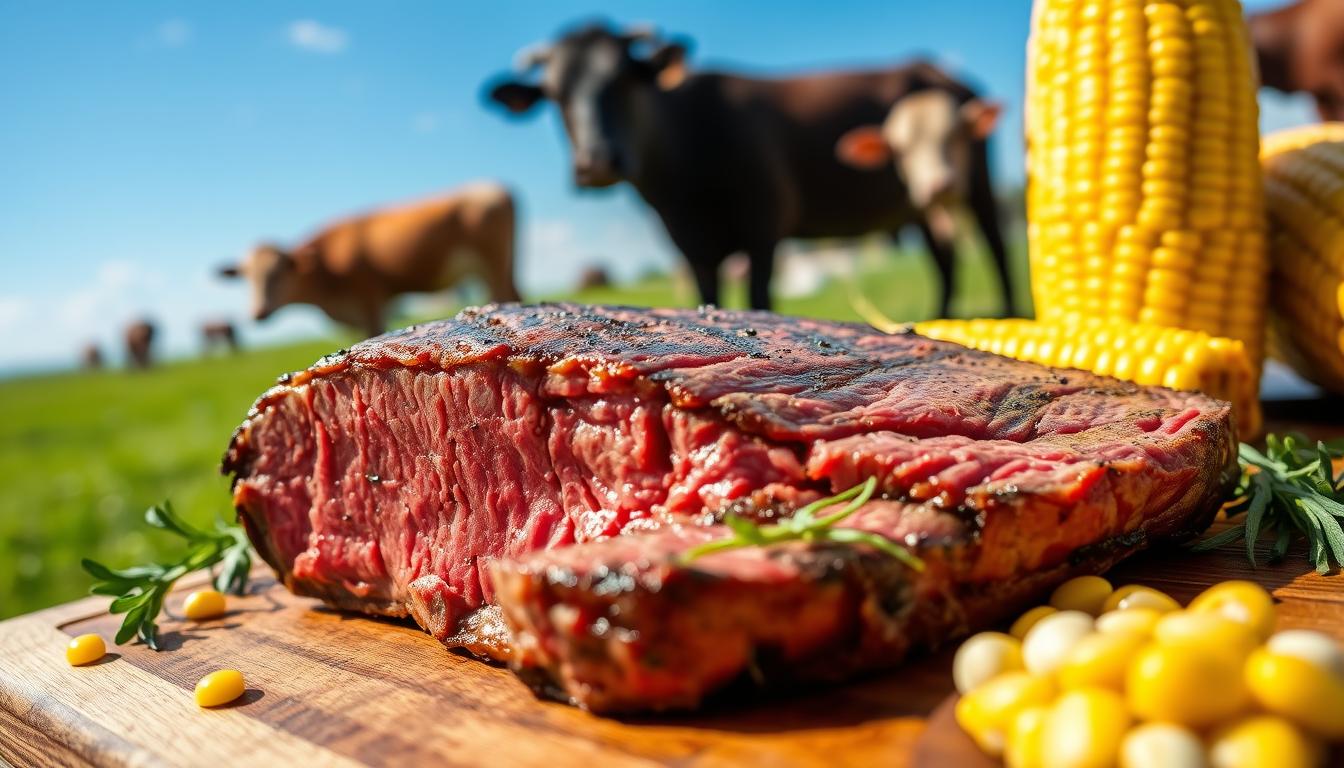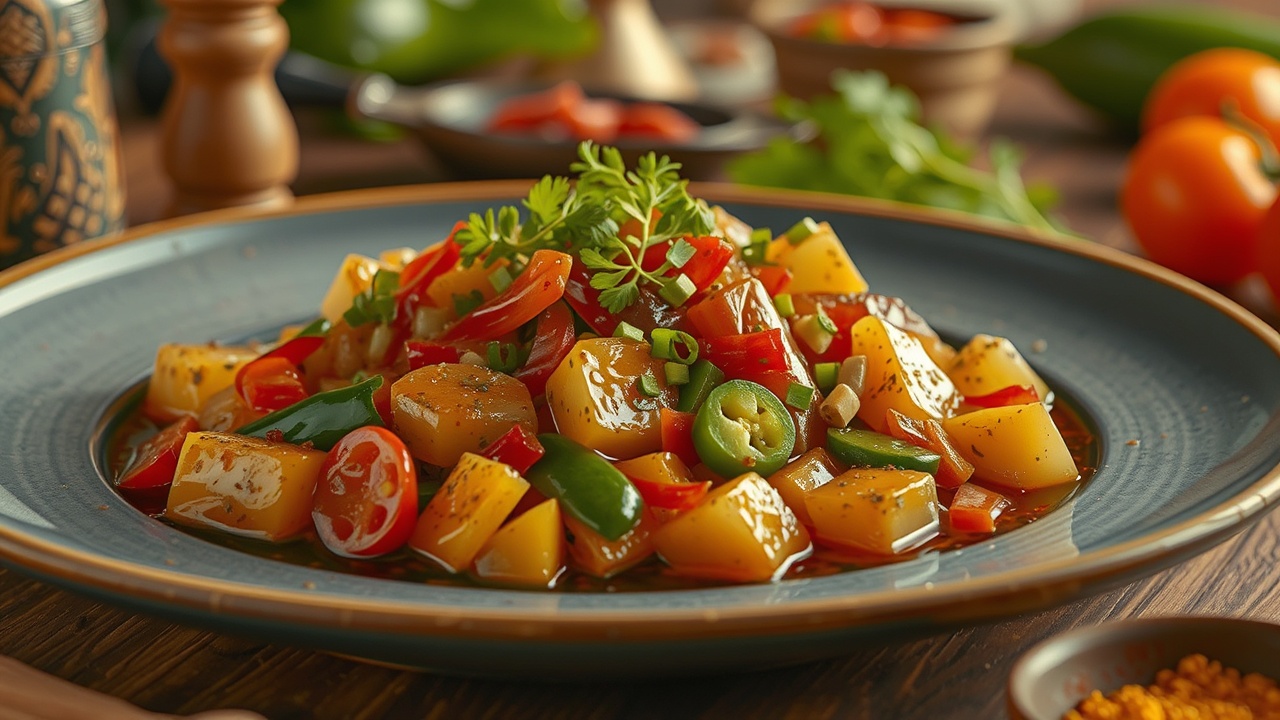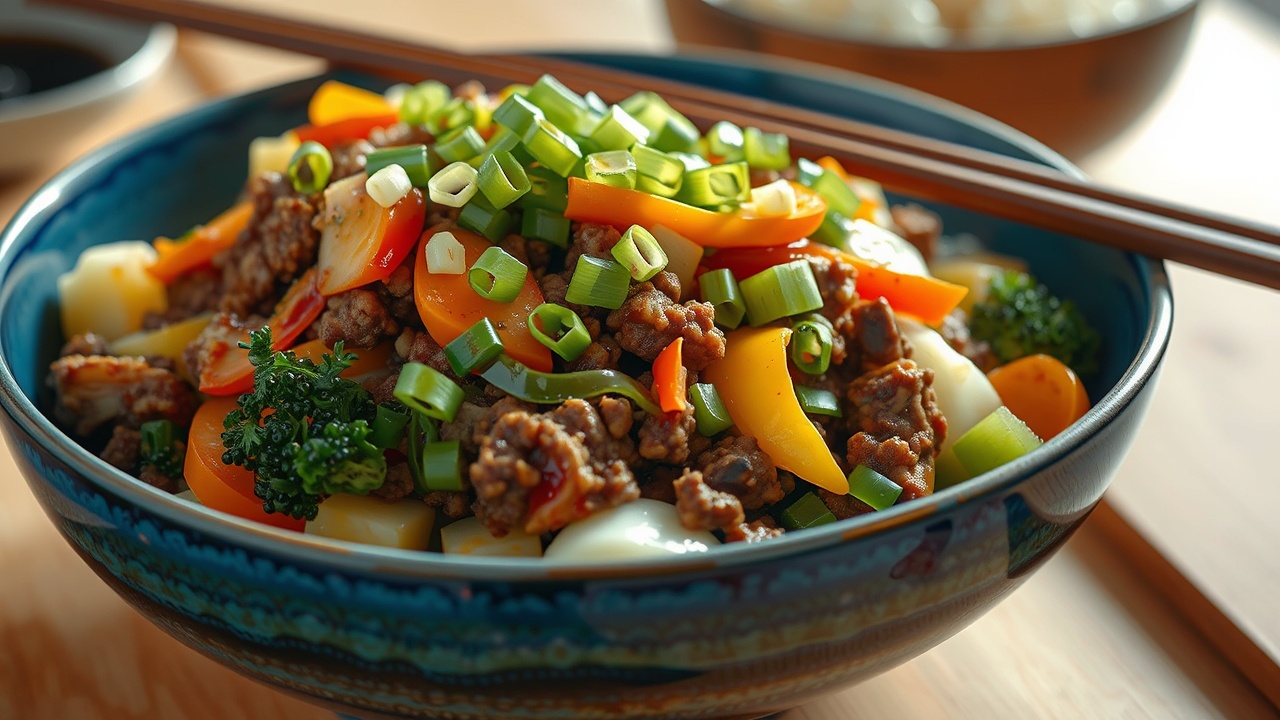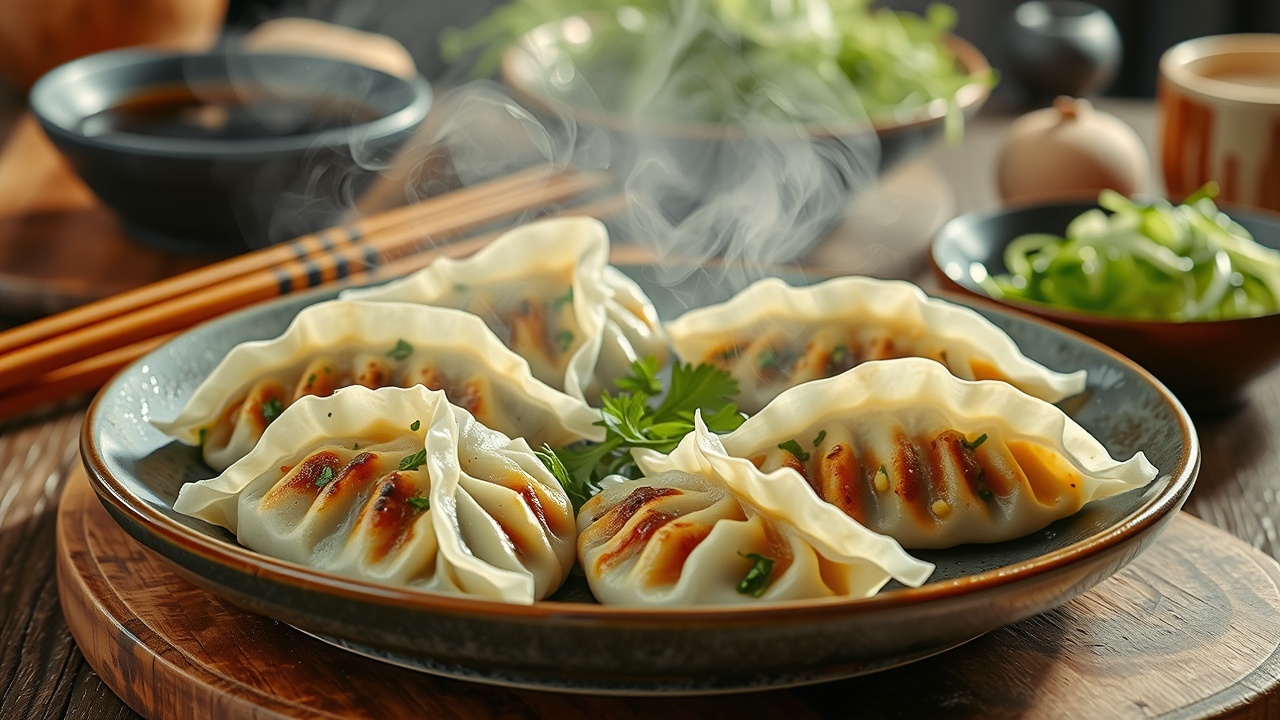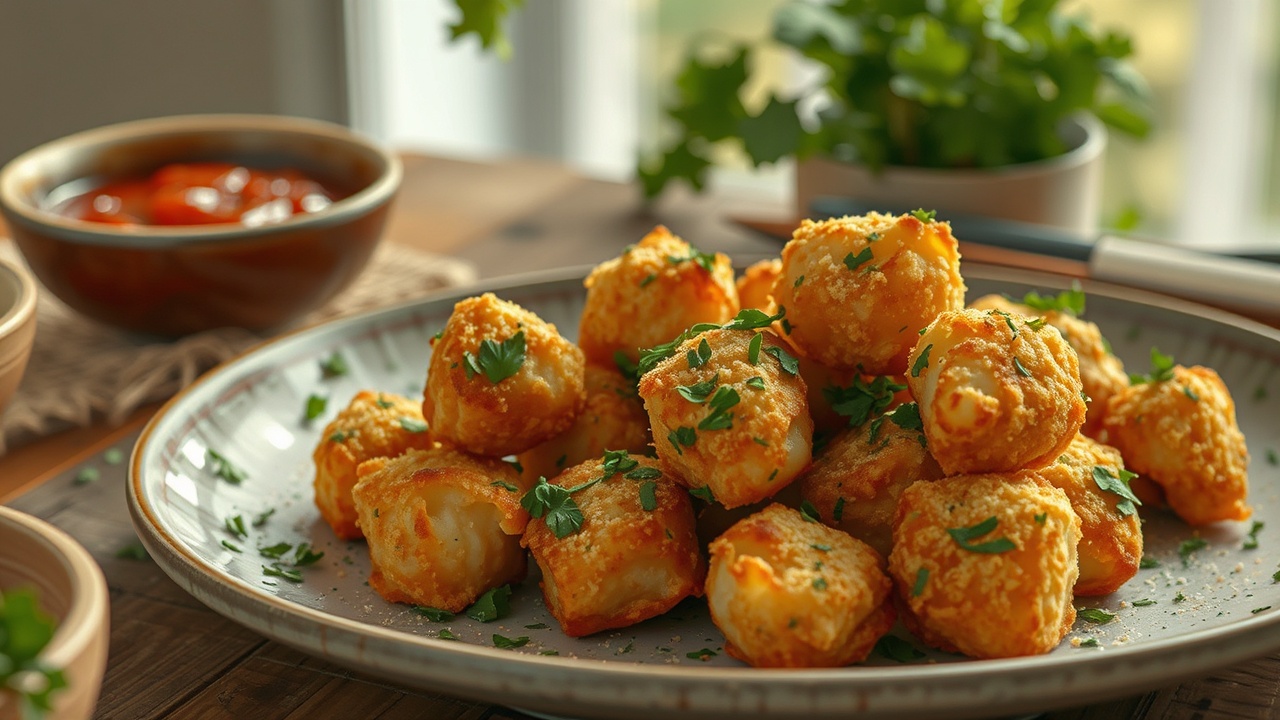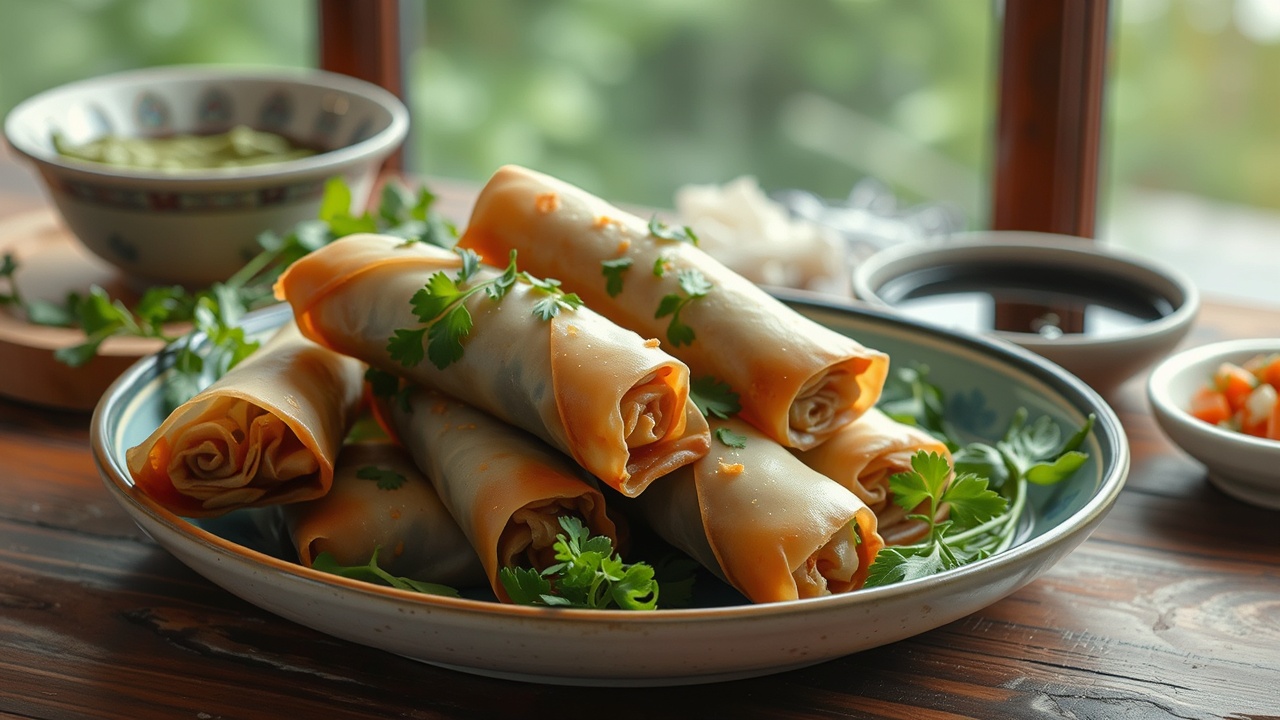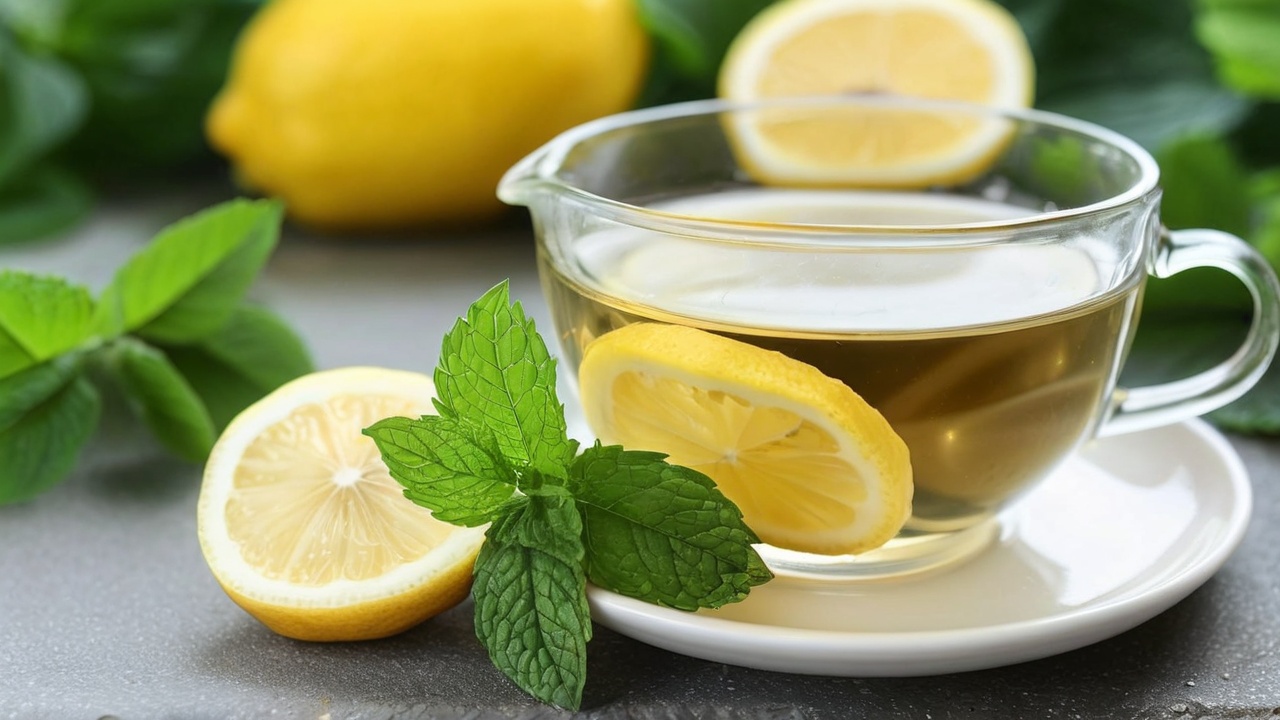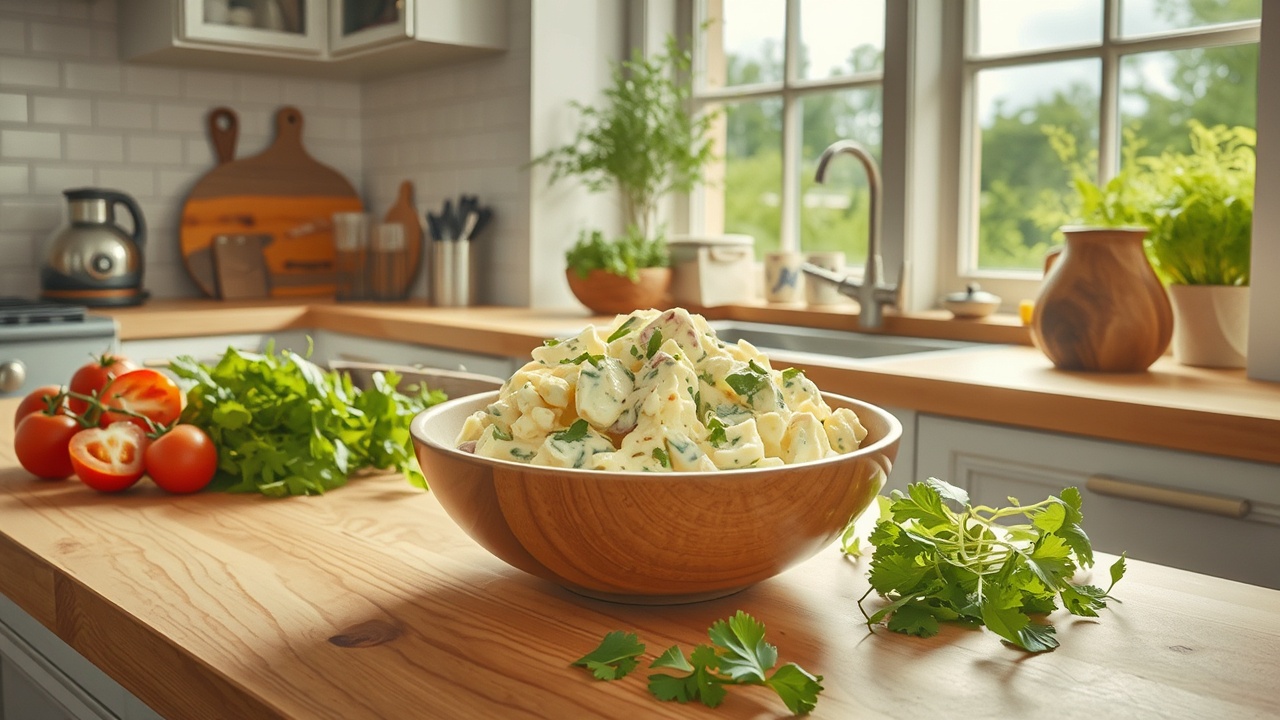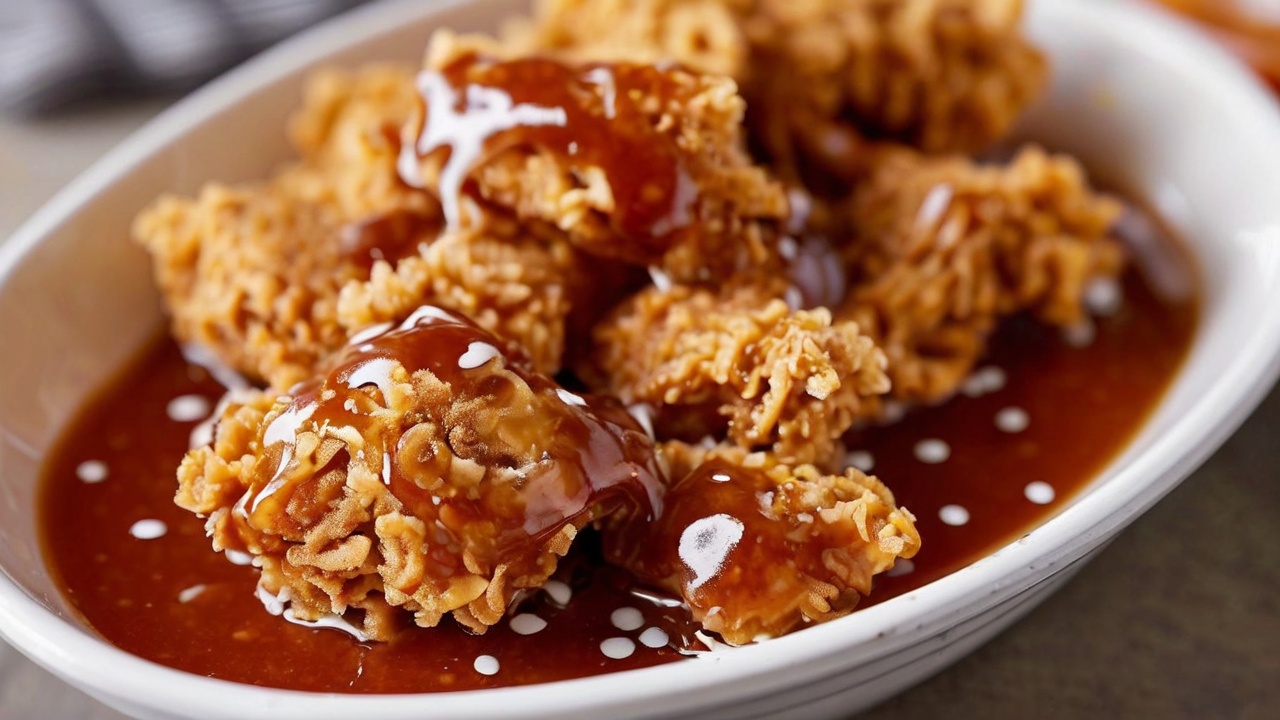One of the most popular and versatile flavor on the spectrum of baking and cooking could be considered vanilla. Not just in rich desserts — custards and cakes, but also it is a key part of many more delicate recipes like ice creams and pastries.

Although vanilla extract is the most widely used vanilla type in kitchens across the world, vanilla paste is a fully fledged alternative with a richer, more potent and aromatic flavor profile that lends depth and aesthetics to your dishes. Vanilla paste is a real nightly game-changer for hoarders of the best quality stuff in your kitchen. It gives a stronger taste and adds the visual luxury of vanilla seeds into your recipes which make your creations more attractive in both eyes and mouth.
Vanilla paste is basically a mixture of whole vanilla beans with sugar combined with some sort of liquid binder, typically in syrupy form. The paste used here gives you all the flavors of vanilla and allows for adding those attractive black flecks into any dish. It can be so tempting to just purchase bottle after bottle of this magic elixir from the store, but it is so easy and way cheaper to make at home with minimal ingredients giving you a high quality product. By using a handful of basic ingredients and time — the main component to create your own exquisite-quality vanilla paste even better than some of the best you can find in store!
So Why Use Vanilla Paste Instead of Vanilla Extract?
Well, before we get into the recipe and method, let us take a quick look as to why you should/ would consider vanilla paste instead of other unrefined forms like vanilla extract or even vanilla beans! Vanilla paste is basically a mixture of vanilla beans and vanilla extract, which creates an even more potent product and visual interest with the specks of vanilla bean seeds. So that leads me to some reasons for why you might go the vanilla paste route:
1. Intense Flavor: Vanilla paste tends to be thicker and more concentrated than vanilla extract; it also has a more robust, rich flavor. The purest flavor of vanilla is best here — so it works for recipes where the vanilla flavor needs to take center stage.
2. Looks: The most obvious thing about vanilla paste is the small, dark, luxurious flecks of vanilla bean you can see. These flecks are visible in the final product, contributing to a more artisanal and sumptuous look ideal especially for ice cream, custards (such as crème Brulé), or frosting when you use vanilla paste directly into your preparations.
3. Versatility: Vanilla paste is a perfect compromise between using vanilla beans and using vanilla extract. When you use whole vanilla beans, most leading up to now have told you to scrape the seeds out of the pods and steep them which can be a tedious process. This is the quickest, most convenient method of getting both the flavor and essential flecks of ground whole vanilla beans without all the fuss; enter vanilla paste.
4. Versatile: You can swap vanilla paste with vanilla extract in almost any recipe, but due to its thicker consistency it is also perfect for richer recipes like creamy puddings or buttercream frosting.

Ingredients for Homemade Vanilla Paste
What I love about homemade vanilla paste is how easy it is. Here is everything you will need to prepare a creamy aromatic vanilla paste:
- Vanilla Beans (6-8 pods): The main act in this recipe Choose moist, plump beans that smell good for selection of vanilla beans. The most popular type, Madagascar vanilla beans have a sweet and rich flavor profile that are extremely versatile. Or you can use Tahitian vanilla beans for a floral character or Ugandan beans for a bolder, smoky quality.
- Vanilla Extract (1/4 cup): This is to enhance the vanilla flavoring and acts as a liquid base that makes the paste syrupy! You can use shop gingerly vanilla jam or, if you’re feeling fancy, pay off your possess vanilla extract.
- Sugar (¼ cup): Sugar brings the sweetness but also works as a thickening agent for paste. Not to mention that the sugar is also important for preserving the paste. We use granulated sugar, but try brown sugar for a more complex, molasses-like taste.
- Corn syrup – 2 tablespoons: Corn syrup is used to bind the vanilla beans and vanilla extract into paste form. It also gives a touch of sweetness without masking the vanilla taste. If you would rather go the natural route, just know that corn syrup can be switched out for honey or agave syrup — but this will alter the flavor profile a bit.
- Water (1–2 tablespoons): a couple of teaspoons will help you create that syrupy texture, and thin it out to your desired consistency.
Method for Making Homemade Vanilla Paste
With all the components gathered, let us begin with preparing your own house-made vanilla paste. You can expect a relatively simple process rewarded by a delicious paste that adds wonders to all your future bakes.
Step 1: Prepare the Vanilla Bean
The first step is to prepare the vanilla beans. Make a split in each vanilla bean pod lengthwise with the tip of a sharp paring knife or kitchen scissors. Using the back of your knife, carefully scrape out the seeds from inside a pod. You should be able to see the tiny dark specks in vanilla beans—they are the center of what adds flavor, deep flavor, to vanilla. Scrape out all the pods because you will want to catch every last one of them precious seeds.
When the seeds are scraped out, place them in a small bowl. You can always save the pods for another use — make your own vanilla extract or throw them in sugar. The emptied pods can be kept in an airtight jar with sugar to make vanilla-flavored sugar.
Step 2: Blend the Vanilla Seeds with the Other Ingredients
Then place the scraped vanilla seeds into a blender or food processor. Put the vanilla extract, sugar, corn syrup, and water in your blender. Add a few quick pulses to combine the ingredients. What we are doing is mixing the vanilla seeds and splitting it into sugar syrup so that it becomes smooth combined with no lumps.
The consistency should be somewhat thick but still spreadable, and the mixture should look like a dense syrup with small specks of vanilla throughout. If the paste is too thick, then add 1 tsp water at a time to reach it. However, if it is very runny you can mix a bit more sugar inside to thicken it to the desired consistency.
Step 3: Cook the Paste (Optional)
Other recipes for vanilla paste, cook the mixture a few minutes which is intended to deepen flavor and further reduce viscosity. (Optional) Blend the combined mixture and pour it into a small saucepan on low heat, and simmer for 5–10 minutes. Cook for a few minutes, stirring occasionally and watching so the chocolate does not burn. Because sugar dissolves more, and the paste will be much thicker and stronger in taste.
Once the paste is as thick as you want it to be, take it off the heat and allow to cool down to room temperature. In fact, the paste will get thicker as it sits and begins to cool.
Step 4: Store the Vanilla Paste
Pour the cooled vanilla paste into an airtight container like a small jar or glass bottle. Refrigerate close to 6 months. PandH: For a long shelf life and the flavors continue to grow more profound with time Homemade Vanilla Paste it high in sugar and syrup.
Vanilla paste is versatile and can be used in many different ways. Great for cakes, cookies, ice cream, frostings, custard or anything that can use a little vanilla. Just replace it in the step of vanilla extract or seeds, one teaspoon of vanilla paste equals about 1 tsp of vanilla extract or 1 vanilla bean a little goes a really long way.
Tips for Using and Storing Vanilla Paste
- Substituting Vanilla Extract: You can use it in any recipe that calls for vanilla extract. This method is particularly suited to recipes where you want those lovely little specks of vanilla bean visible (in other words, NOT in things like cookies) — custards, ice creams and whipped cream are some good examples.
- It may matter: Vanilla paste is thicker than vanilla extract so if a recipe calls for vanilla extract and you just have the paste, cut the amount back ever so slightly. 1 teaspoon of vanilla paste equals 1 tsp of vanilla extract, usually.
- Flavors With Time: Homemade vanilla paste actually gains in flavor complexity over time. This makes it a useful pantry item to have for your baking and dessert-making needs.
- Proper Storage: You can keep your homemade vanilla paste in a cool and dark place. Properly stored, this paste should be good for a few months. Ensure you pack away the paste in an airtight container to prevent the moisture from escaping.
- Gifts: This homemade vanilla paste is the perfect gift for home bakers and other food lovers. Put the paste in decorative jars or bottles, and add a label for some homey feeling.
Conclusion
This homemade vanilla paste is a great tool to have in your cupboard for spicing up the flavor and aesthetics of your desserts. With vanilla beans, sugar and a couple of other ingredients, you have a rich aromatic paste that makes all your baking twice as good. So be it cookies or cakes, some ice cream or even custard when the paste is added into your recipe, you are guaranteed with a never-before quality of flavor and zestful view that captures the eyes of anyone indulging in those delicacies. For only a few minutes of work (and some waiting time) you can whip up your own batch of vanilla paste that is sure to give any store bought one a run for its money.

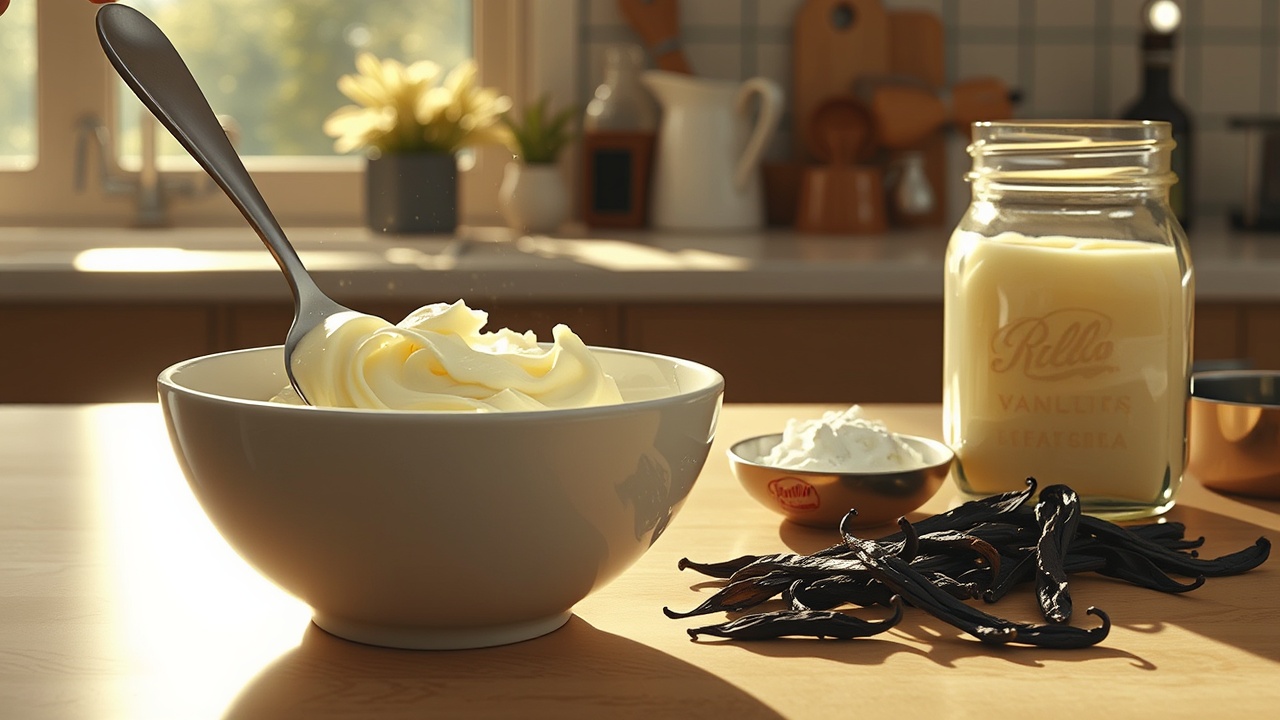
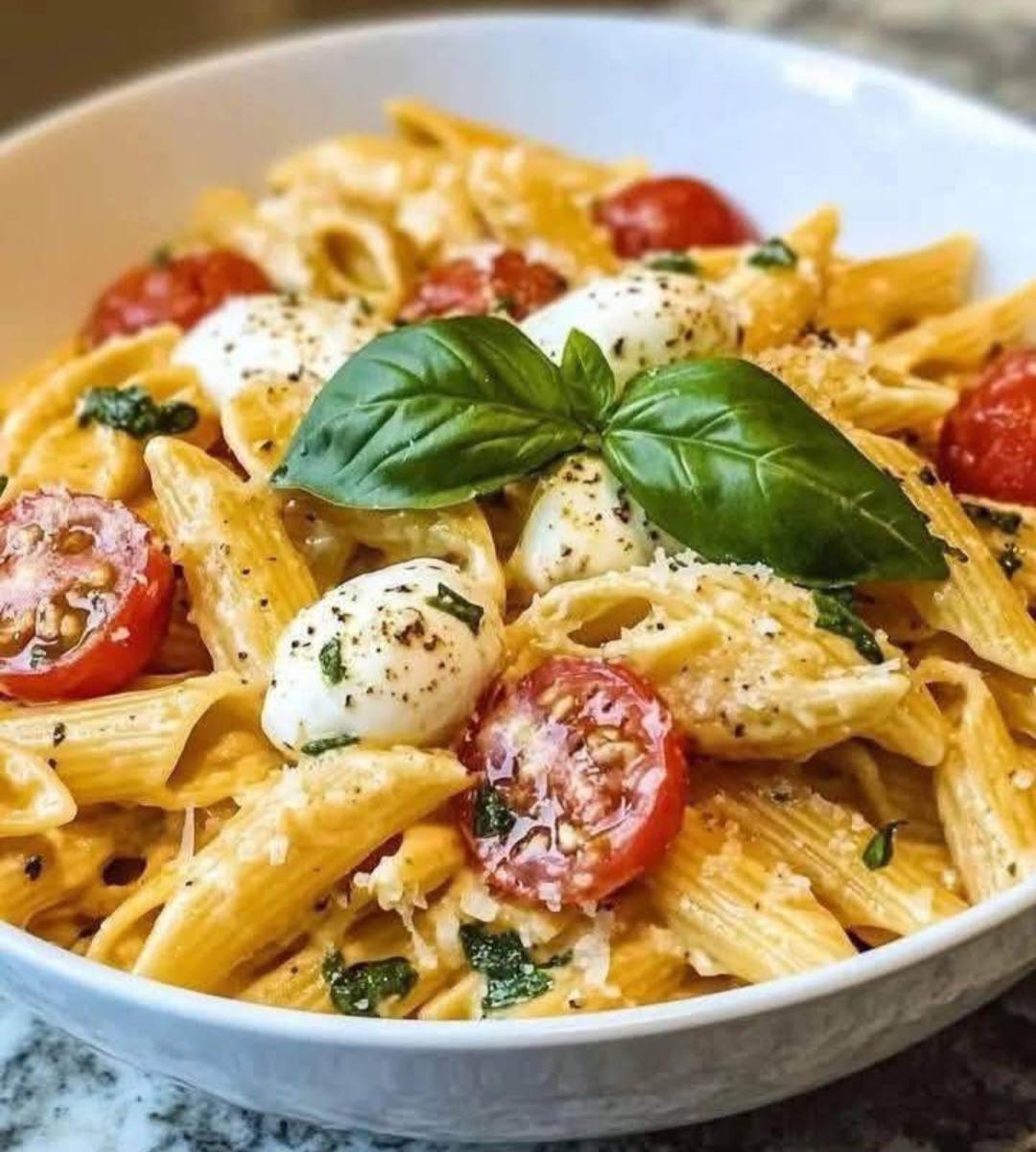



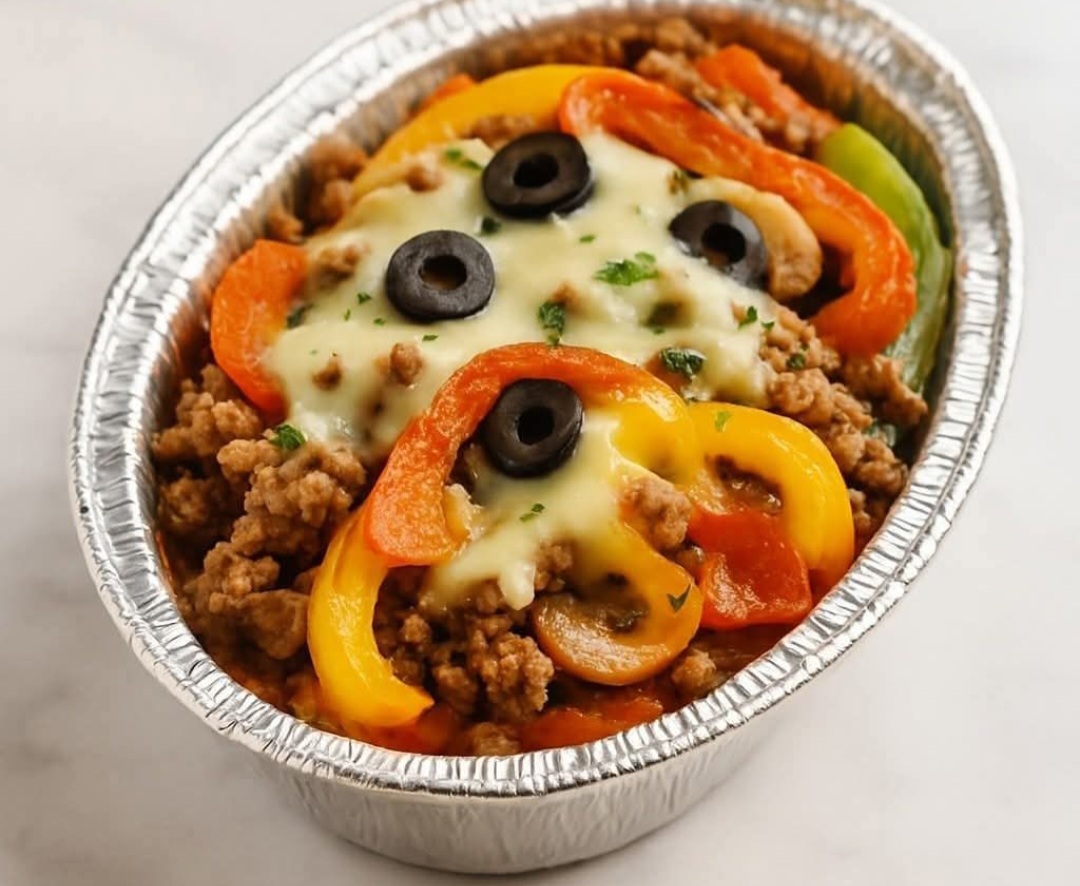


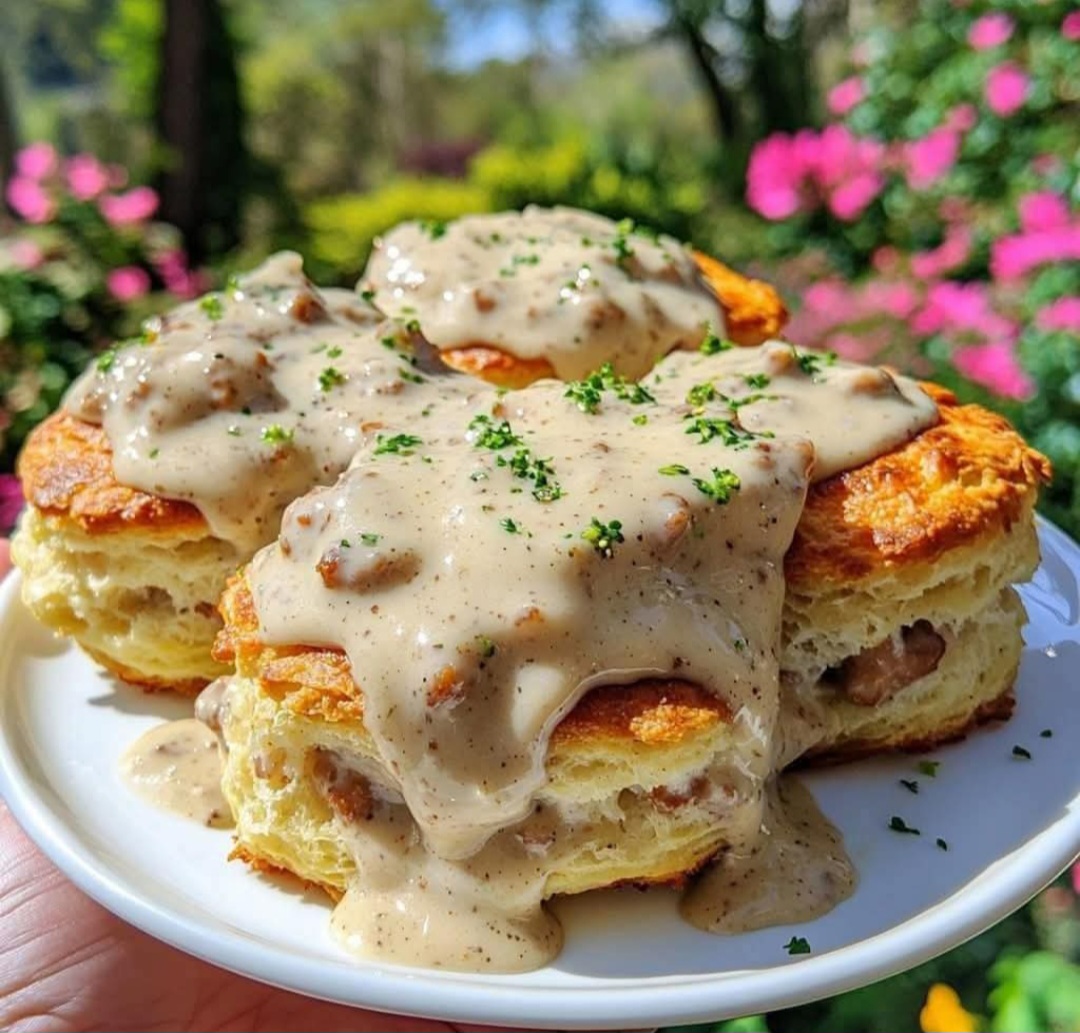
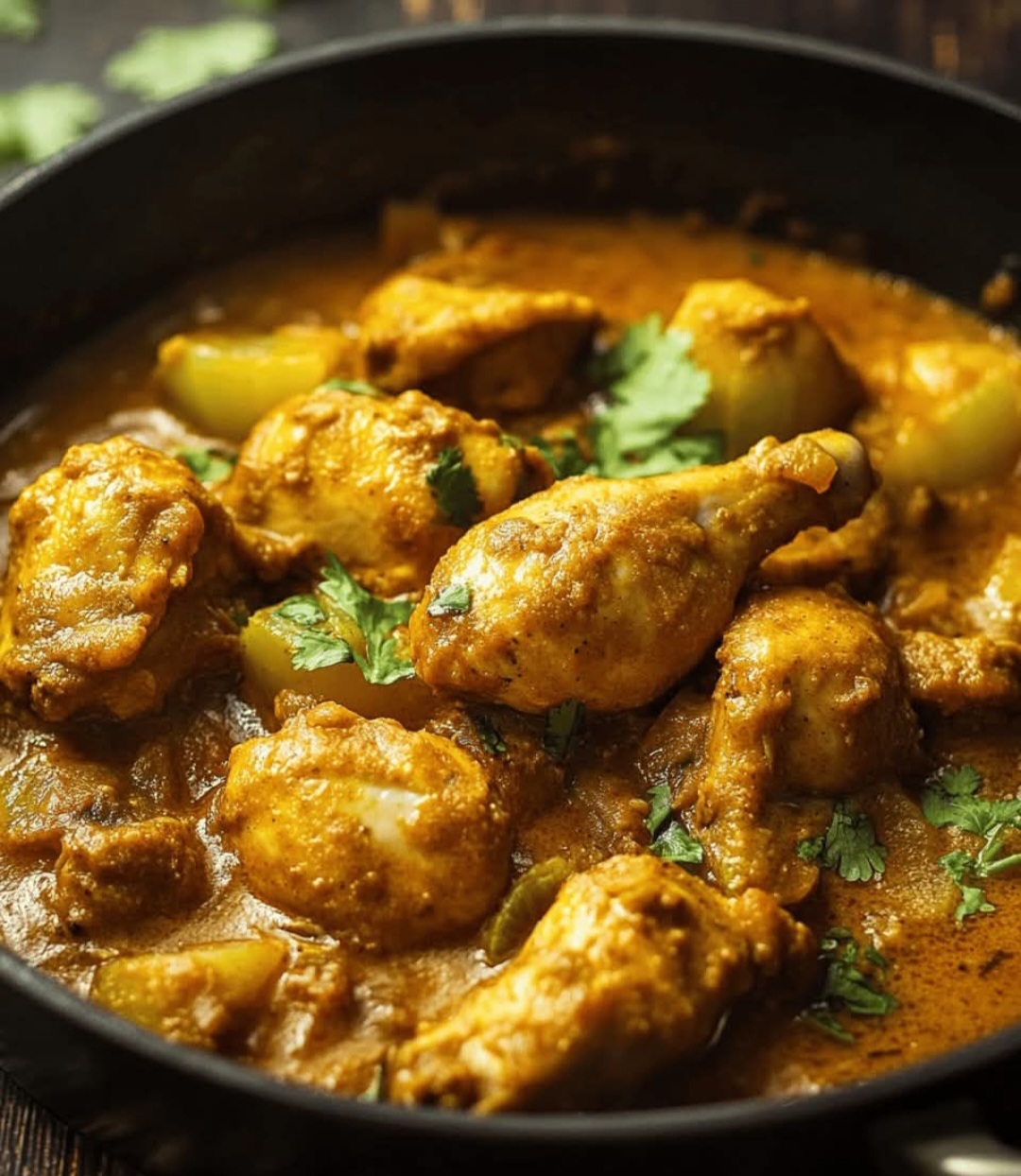
 Chicken Curry
Chicken Curry  Ingredients:
Ingredients: 1 lb chicken, diced
1 lb chicken, diced 2 tablespoons curry powder
2 tablespoons curry powder 1 onion, chopped
1 onion, chopped 4 cloves garlic, minced
4 cloves garlic, minced 1 tablespoon ginger,…
1 tablespoon ginger,…
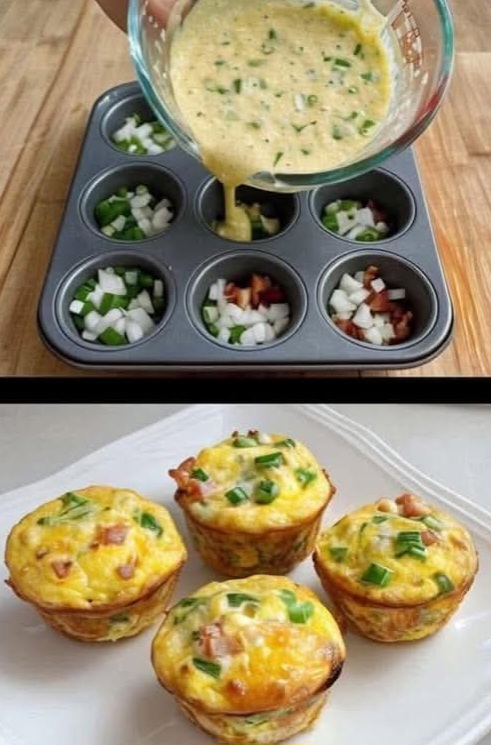




 Ingredients:2 boneless, skinless chicken breasts½ cup sliced bell peppers (red,…
Ingredients:2 boneless, skinless chicken breasts½ cup sliced bell peppers (red,…
